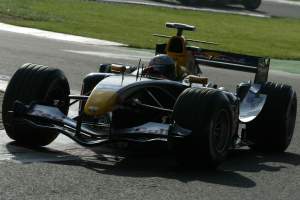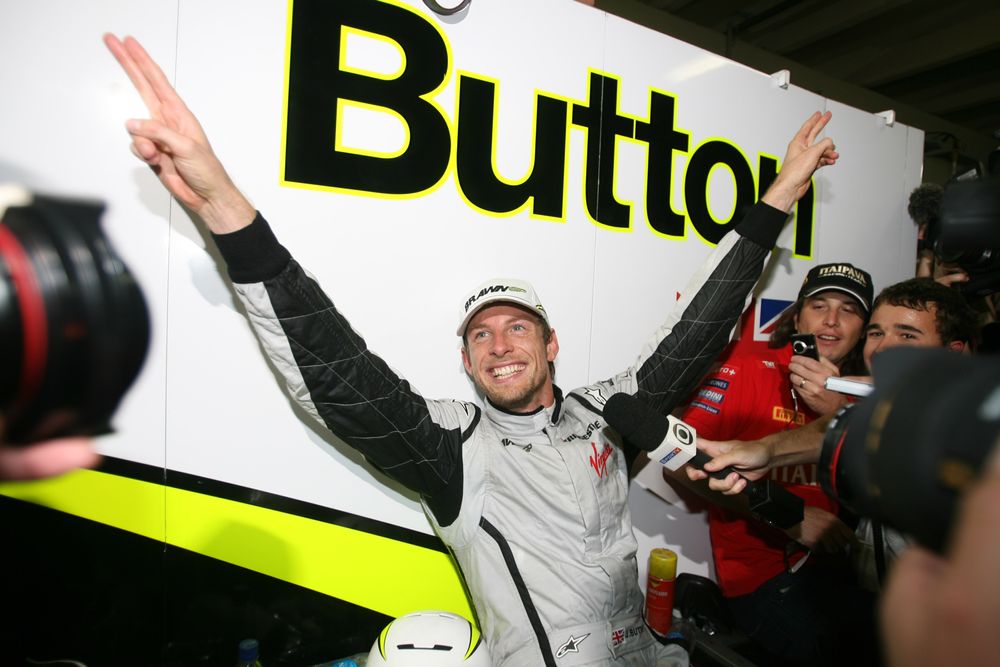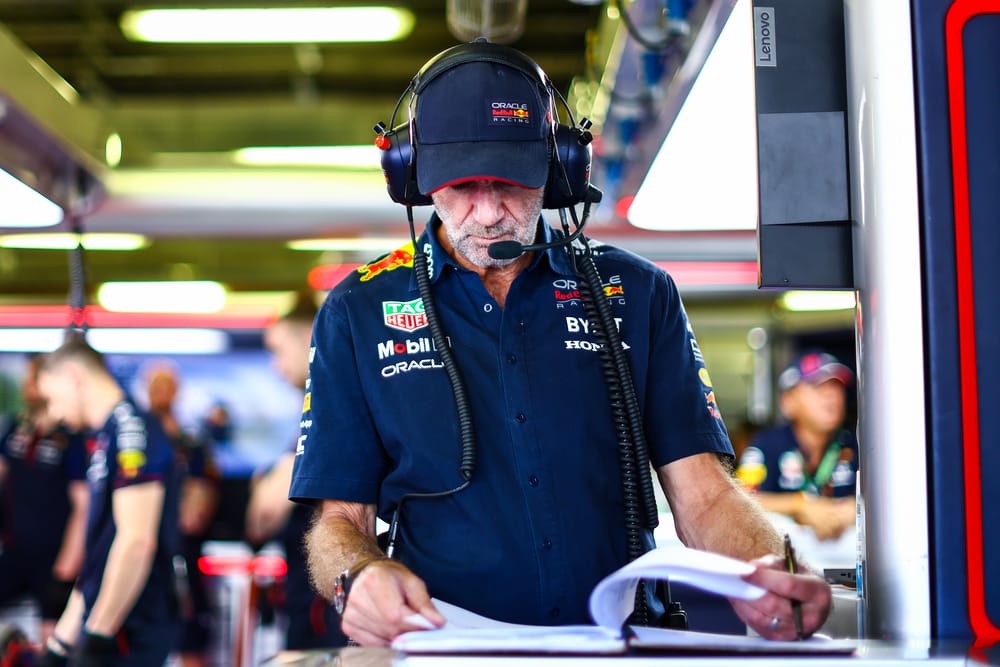Red Bull has not long taken the covers off an RB20 that it hopes in 2024 will take it to its third consecutive Formula 1 and championship double.
So where will this 20th Red Bull F1 car end up raking among a crop that's already produced seven title winners in just 19 seasons?
Even of those Red Bull cars that didn't win titles, all bar five won grands prix, such has been the strength of the operation since it took over Jaguar's ill-fated F1 entry for 2005.
We've taken a comprehensive look over the last 19 Red Bulls to determine which is best and whether there's a particularly bad one among the high-quality, (mostly) Adrian Newey-designed, bunch.
The following list is not only based on the obvious metrics such as championship wins and race victories, but also the pace relative to the rest, their significance in F1 history and their place in the Red Bull F1 story.
19 - Red Bull RB2
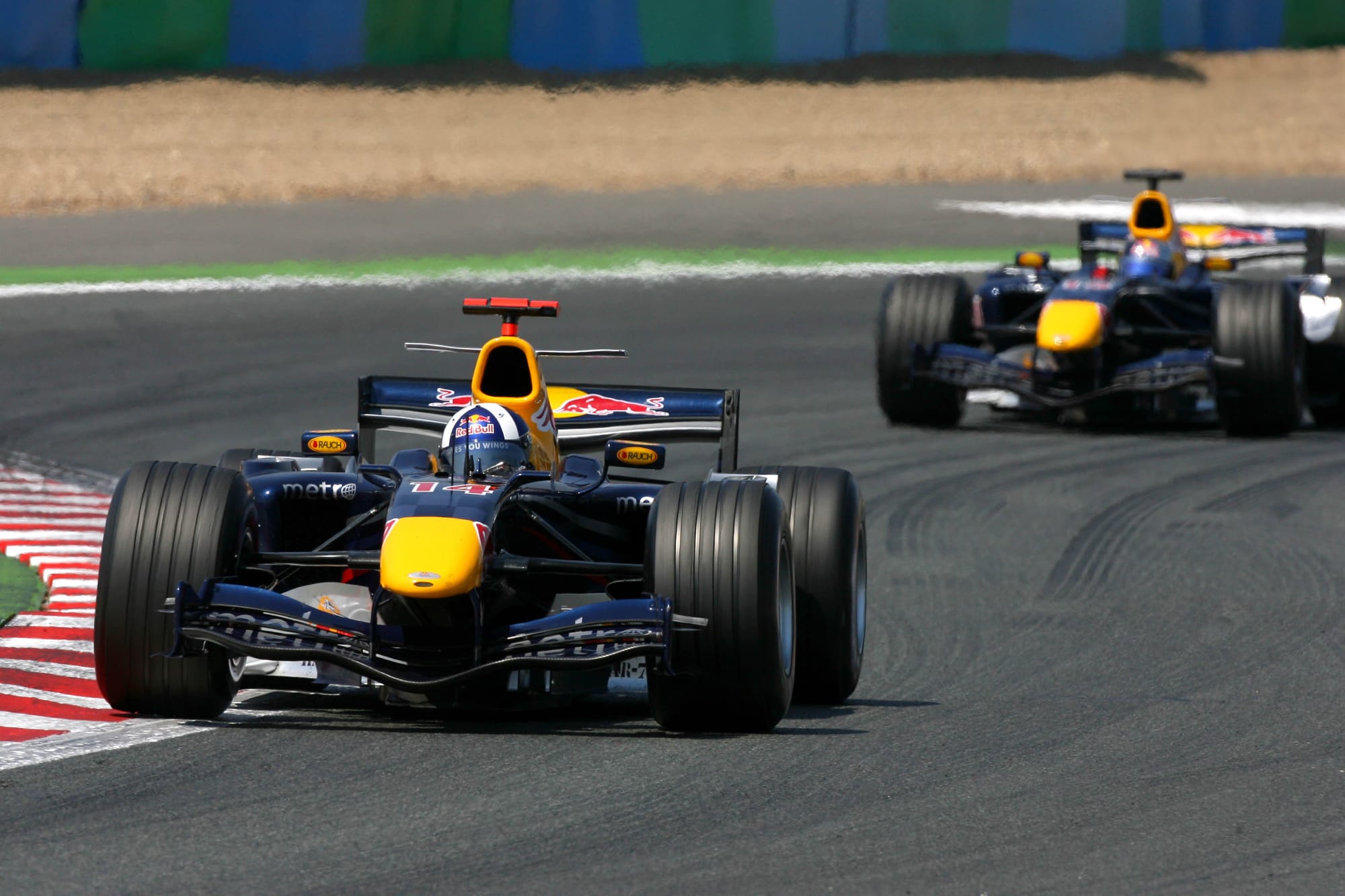
The 2006 RB2 was the first true Red Bull, designed fully under the energy drinks giant’s ownership, but also the worst.
Adrian Newey arrived in February that year, too late to salvage a car he said had "poor downforce, handled poorly and had an unreliable gearbox".
While Newey focused on the longer term, Red Bull battled to get the best out of the car. Pre-season running was limited by overheating problems leading to bodywork changes that cost performance, while the switch from Cosworth to Ferrari engines didn’t yield the expected benefits.
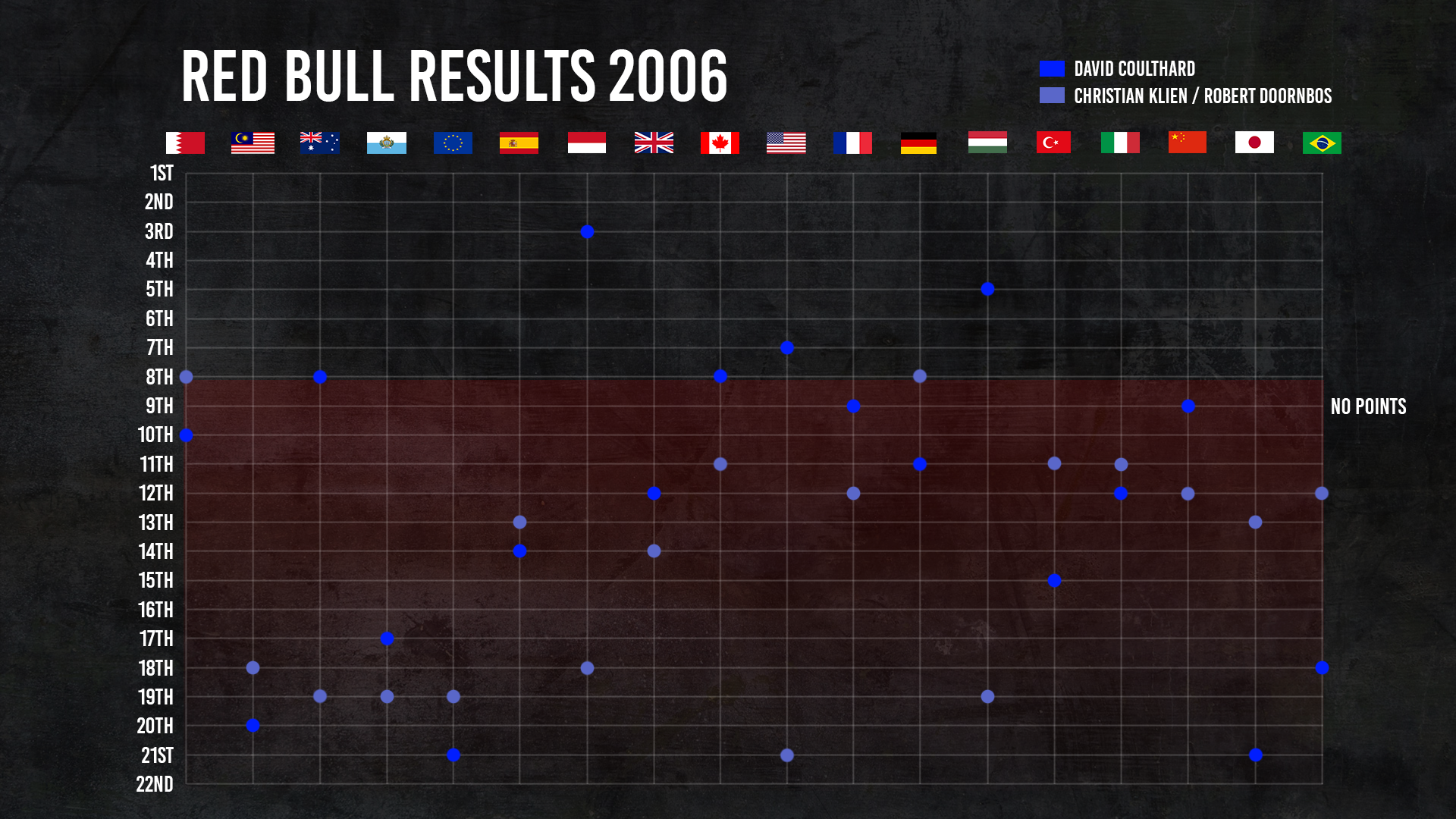
In fact, the lack of development steps for the Ferrari customer engine meant palming that deal off onto sister team Toro Rosso and landing a Renault supply was a Newey priority.
The car worked reasonably in slower corners, allowing David Coulthard to take third at Monaco. But it struggled in the faster stuff and only scored points seven times.
18 - Red Bull RB11
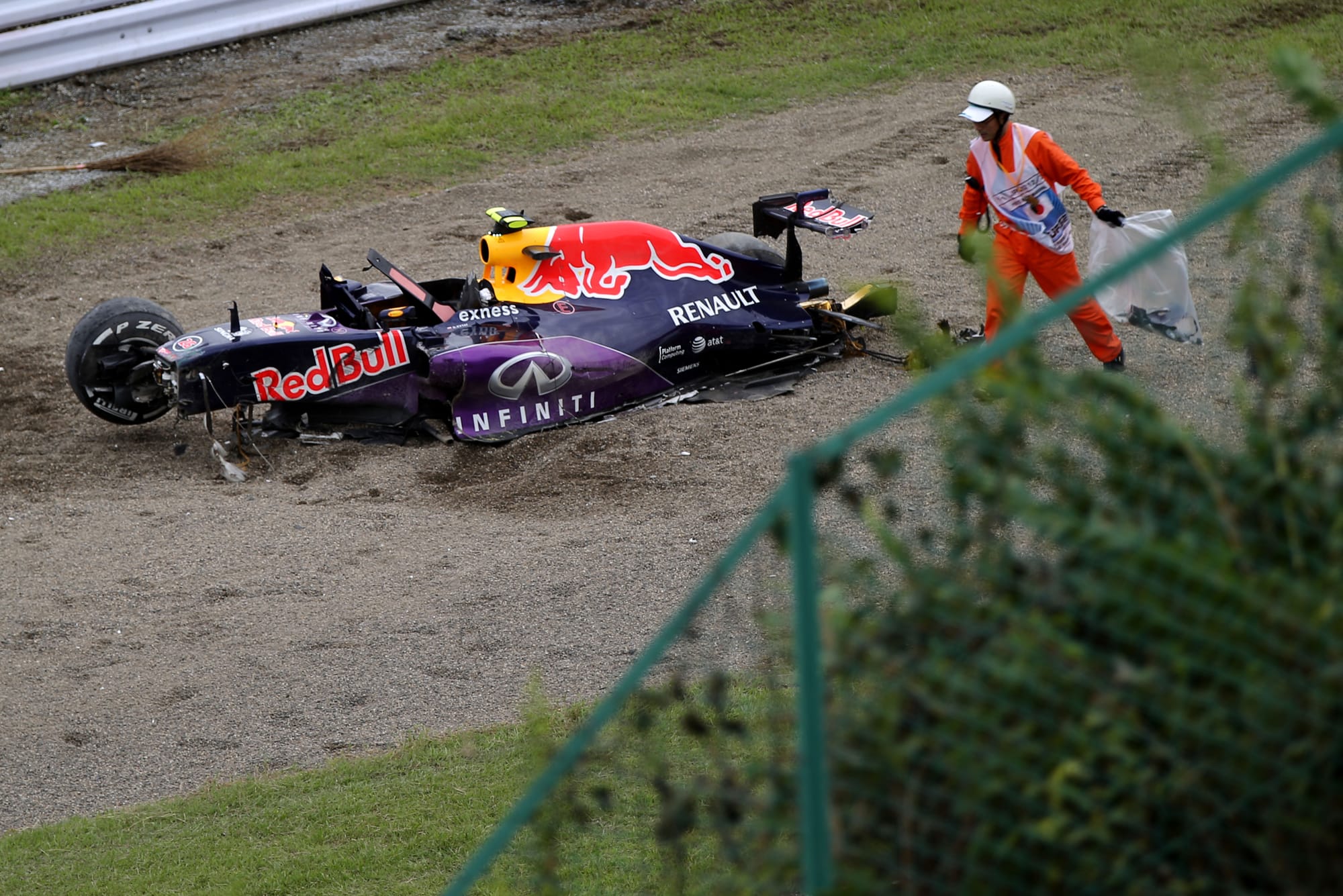
Having made a shaky, but race-winning, start to the V6 turbo hybrid era in 2014, Red Bull regressed alarmingly in 2015 with the troubled RB11.
The primary problem was the Renault engine. Not only did Renault fail to make the performance gains anticipated, but it was also unreliable. There were driveability problems in the first half-dozen races in particular, and engine development progress was also too slow.
However, there were also car weaknesses beyond those caused by the need to make set-up compromises to compensate for the lack of power.
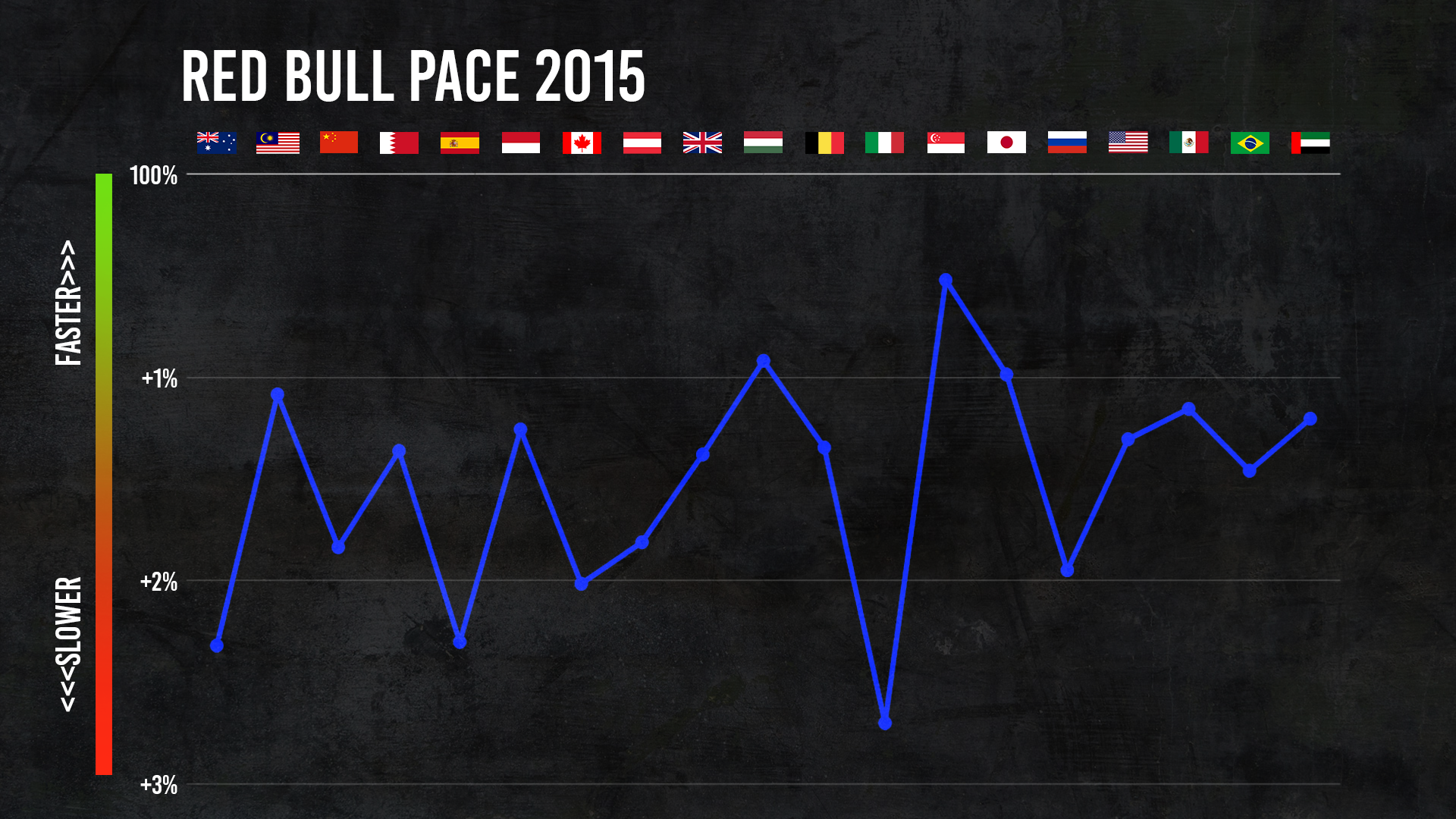
F1 tweaked its regulations in 2015 to eliminate the unsightly noses of the preceding year. But it wasn’t until race five in Spain that Red Bull’s short-nose design was successfully crash-tested and ready to race.
It took further mid-season upgrade packages to get the car working as anticipated and give drivers Daniel Ricciardo and Daniil Kvyat confidence behind the wheel.
Over the second half of the year, the RB11 was generally the third-quickest and at its best on low-speed tracks. But it wasn’t fast enough as the team endured a winless season for the first time since 2008.
17 - Red Bull RB3
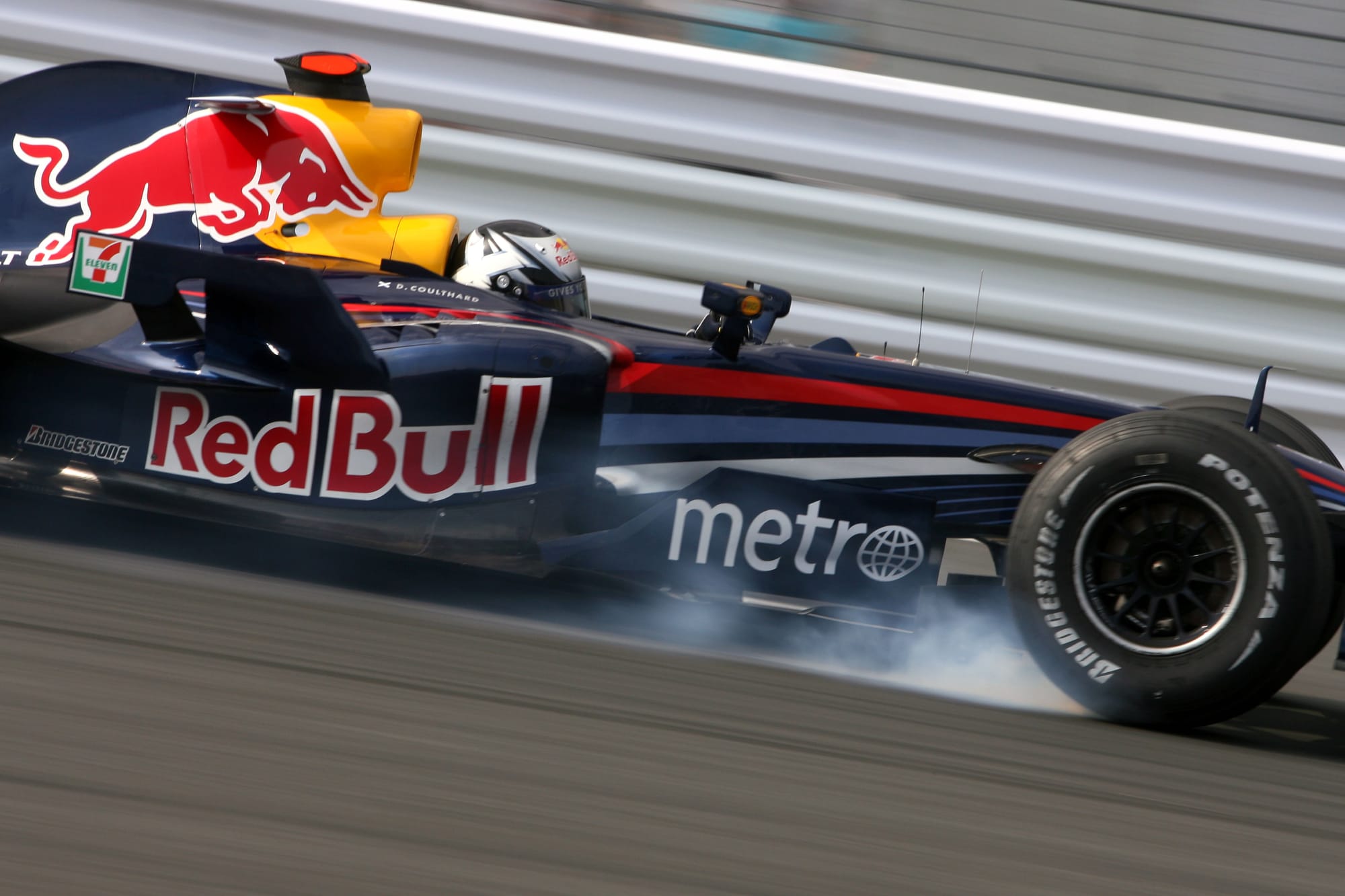
The 2007 Red Bull was the first entirely conceived under the technical leadership of Newey. But despite the switch from Ferrari to Renault engines, it wasn’t very successful.
Behind the scenes, Red Bull was still growing with major investment in its infrastructure. But on track, the car was erratic. It could be fast, especially in the wet, but there were also weekends when it was nowhere.
“Reliability hampered our development. Aerodynamically and mechanically, the car has a good solid base," was Newey's verdict.
The high point was the European Grand Prix weekend at the Nurburgring, where Mark Webber finished third and Coulthard fifth, but that was only one of six races in which the RB3 scored.
16 - Red Bull RB13
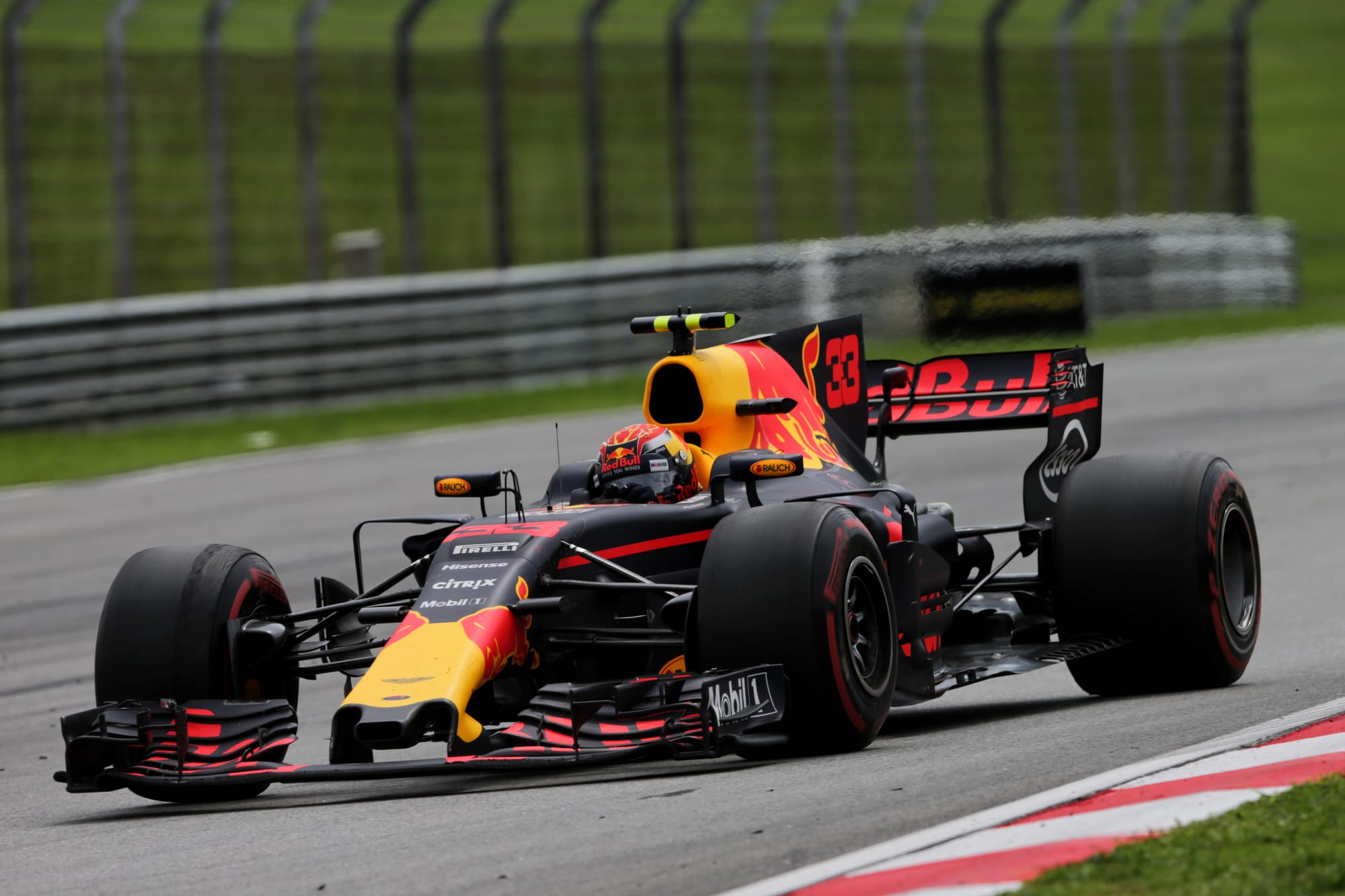
The 2017 switch to higher-downforce cars presented Red Bull with a huge opportunity, one it catastrophically squandered.
The RB13 won three races, but also proved unreliable on top of its perennial problem during the middle 2010s of Renault’s engine being down on power. And it had aerodynamic problems.
The increase in car width from 1.8 to two metres led to the quality of Red Bull’s windtunnel data being compromised by the car being closer to the walls. The result was a poorly balanced car, further compromised by having to run less downforce to compensate for the lack of power.
During this period, Newey had taken a step back from day-to-day involvement but he was tasked with overseeing upgrades that turned a car that was as much as a second-and-a-half off the pace early on into one that was more competitive and better balanced later in the season.
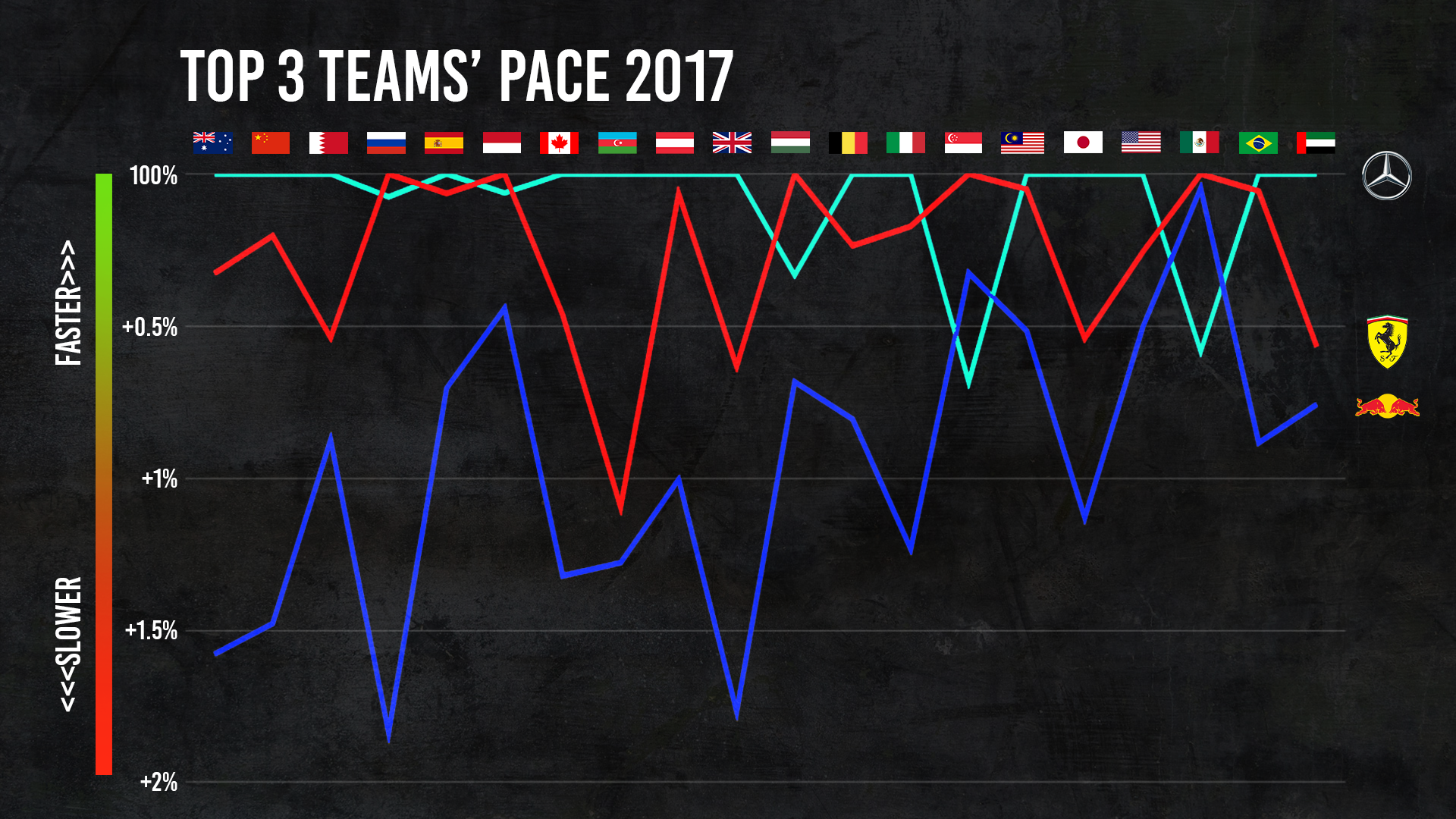
An upgrade at the Hungarian Grand Prix that changed the sidepods and diffuser transformed the car and made it significantly better in the slower corners.
The improvements helped Verstappen to take victories in Malaysia and Mexico to add to Ricciardo’s fortuitous win in Azerbaijan earlier in the season. But it was never close to being a championship threat.
15 - Red Bull RB1
Hi 👋🏻 #BringBackV10s 🔉pic.twitter.com/0PRoo3CD4u
— Bring Back V10s Podcast (@BBV10s) January 23, 2024
The first Red Bull F1 car wasn’t strictly speaking a Red Bull. Yes, it had the name, but this car was largely the product of design work done before Red Bull bought the underachieving Jaguar team.
The Cosworth engine wasn’t the most powerful, the car was middling at best on downforce and a little draggy, but it was solid enough.
What was really impressive was how much Red Bull got out of it. The team was aggressive in extracting that performance.
As team principal Christian Horner said, work was done to transform the aero balance and weight distribution.
In the first half of the season, the RB1 was a consistent points scorer, but results became patchier as rivals got their act together later in the season.
But it exceeded expectations and proved Red Bull wasn’t the no-hoper some viewed it as.
14 - Red Bull RB16
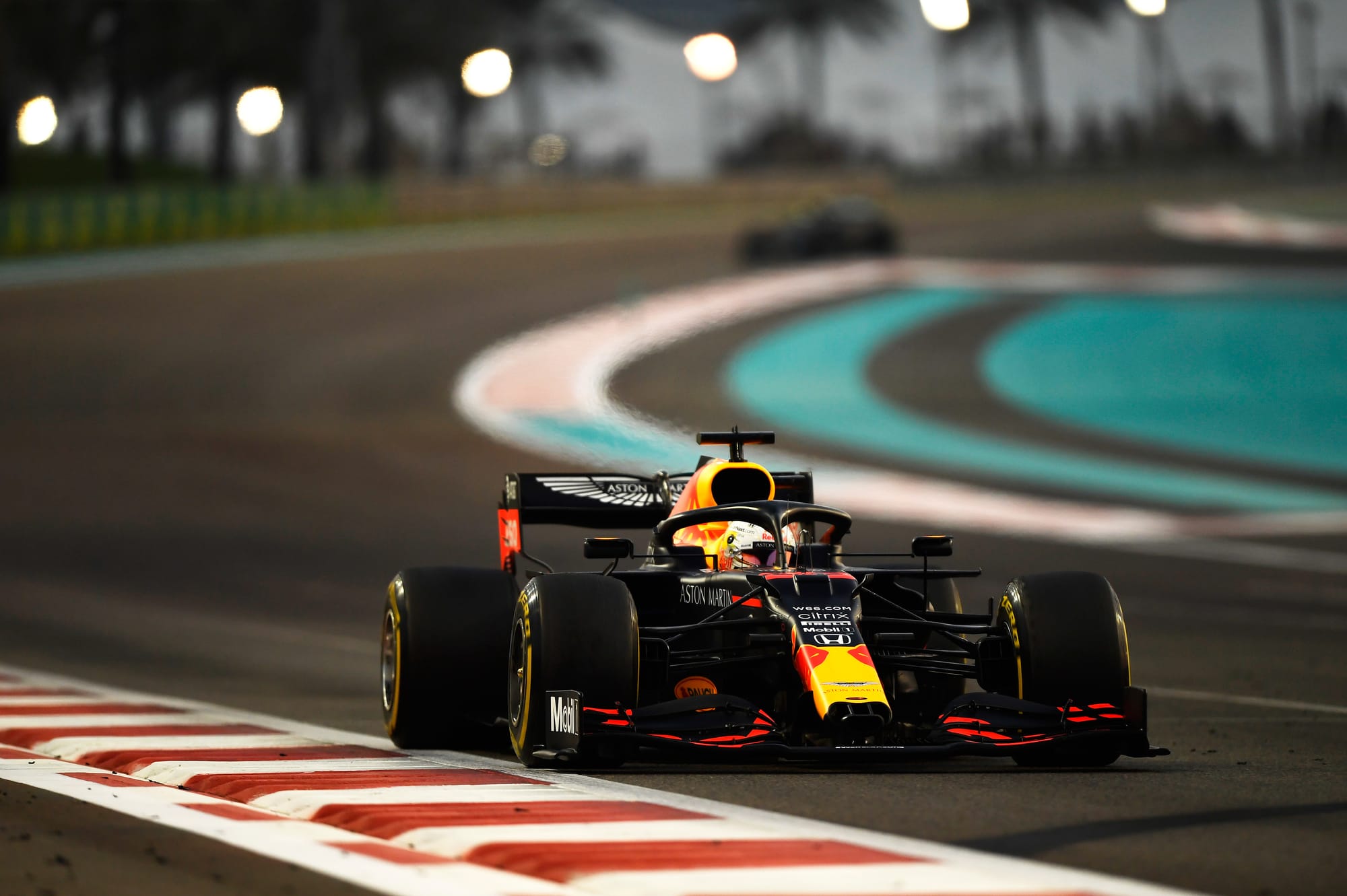
The RB16 was hugely successful in its B-spec manifestation, but we’ll come to that later. In its original form, it was a disappointment.
While Mercedes dominated, Red Bull won just twice. The first victory came in the 70th Anniversary Grand Prix at Silverstone, where Mercedes suffered from rear tyre blistering, although Max Verstappen’s victory in the Abu Dhabi finale was on pace.
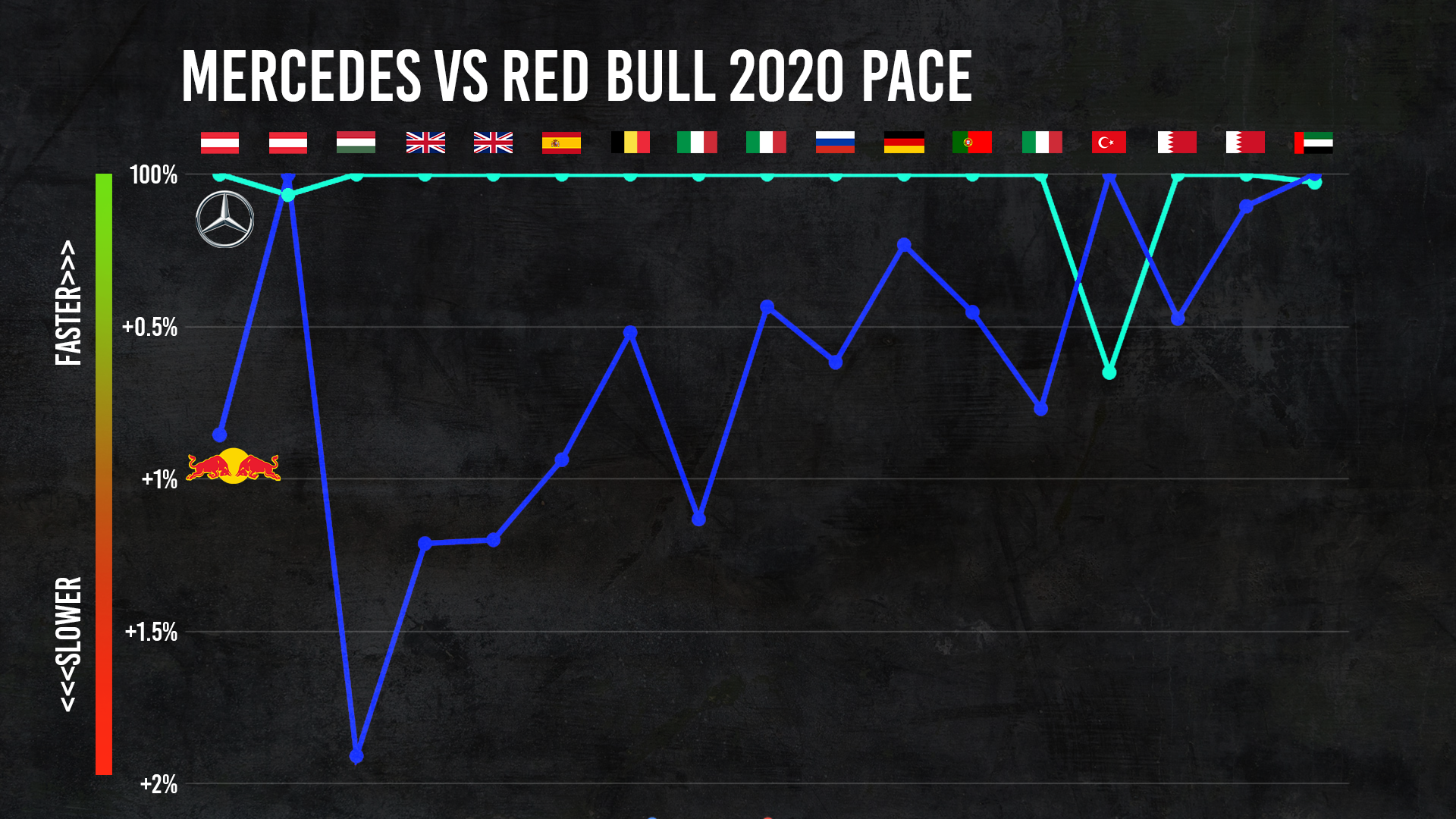
“Correlation issues we had created some misunderstanding of the behaviour of the car," Red Bull technical director Pierre Wache said.
It also proved difficult to make the car work well across a wide range of corners. Early in the season, there was what chief engineer Paul Monaghan called a ‘split’ between the high- and low-speed corners.
Red Bull gradually got on top of this, although the car continued to have a weakness in the entry to medium-speed corners that was mitigated but never eliminated. It was not an easy car to drive.
The team was confident the car was fundamentally sound, but couldn’t make the changes during the season needed to exploit that potential given it required modifications to the architecture of the car and the lack of time in the condensed COVID-19-delayed season.
13 - Red Bull RB12
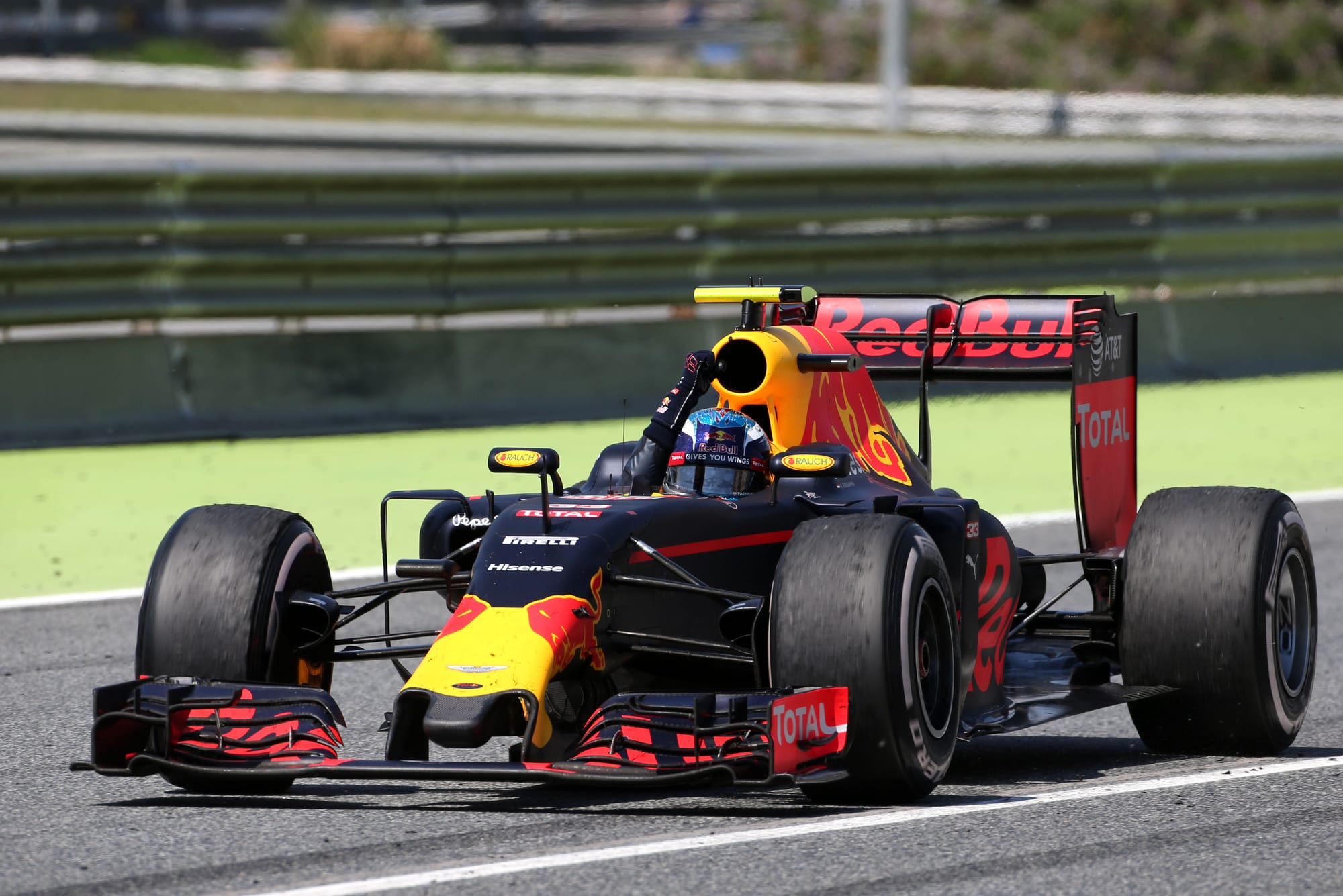
The Red Bull RB12 was second-best in 2016, which doesn’t sound too bad until you consider it won only two races and finished almost 300 points behind Mercedes.
The RB12 was visibly an evolution of the unsuccessful 2015 car but with significant repackaging, in particular of the front end. It also featured an improved Renault power unit that was only giving away 20bhp to the standard-setting Mercedes by the end of the year.
This allowed it to win twice, with Ricciardo only being denied a Monaco victory by a pitstop blunder.
Monaghan characterised the RB12 as "very nicely balanced" from the start. That remained the case even as the rake was increased as the year progressed.
The car’s two victories came in Spain, where Verstappen won on his Red Bull bow, and Malaysia, where Ricciardo triumphed after Lewis Hamilton’s firey engine failure.
The RB12 at least got Red Bull back to winning ways, but it was still a long way from being a strong enough all-round package to threaten Mercedes.
12 - Red Bull RB10
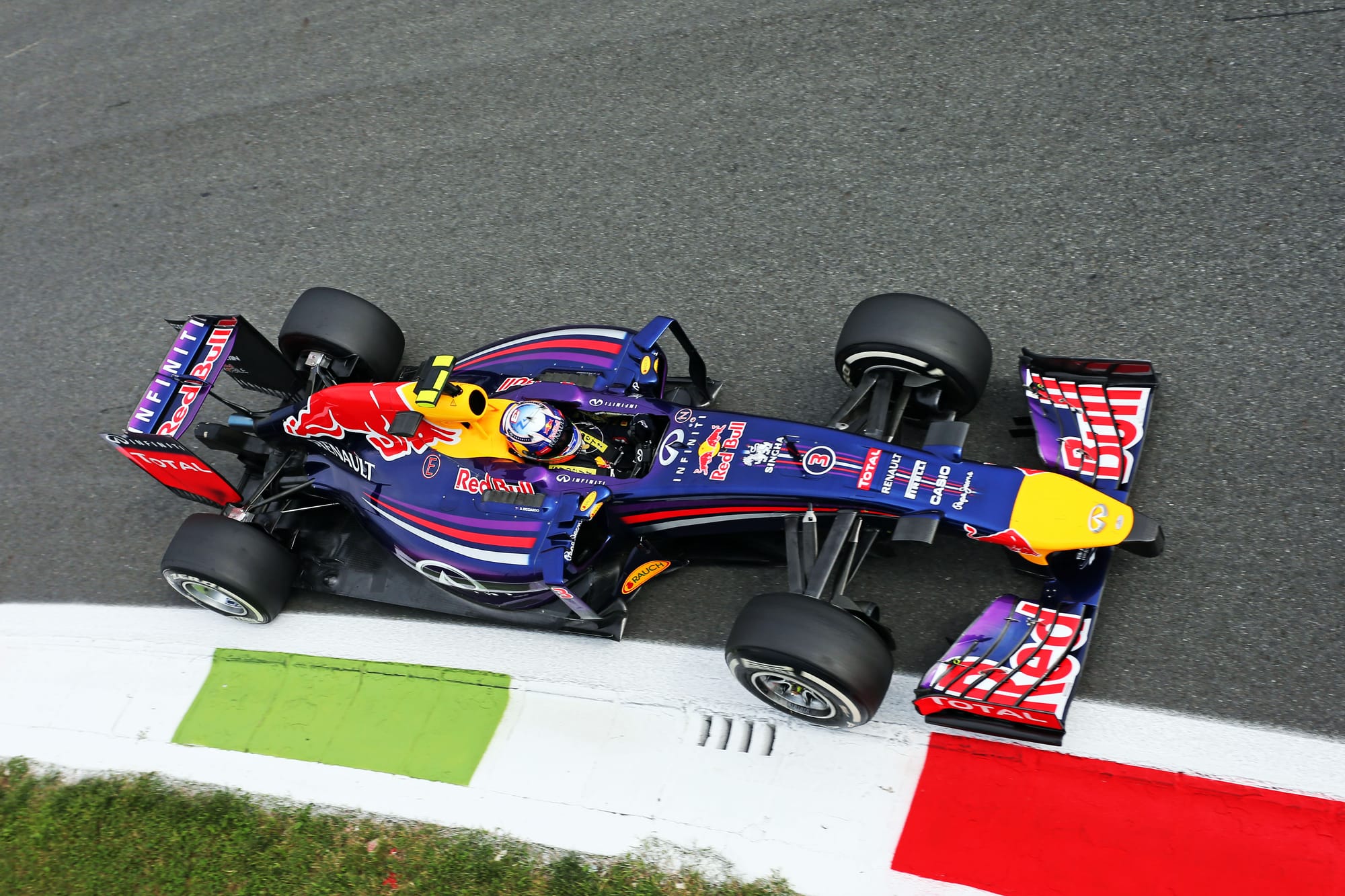
The introduction of the 1.6-litre V6 turbo hybrid engines in 2014 brought Red Bull’s first spell of F1 dominance to a juddering halt. And the responsibility for that lay firmly at the door of engine supplier Renault.
Pre-season testing was a painful affair with all sorts of problems with burning bodywork that wasn’t down to a cooling problem, but mechanical failures that caused fires. Red Bull managed around a third of the mileage of pacesetter Mercedes.
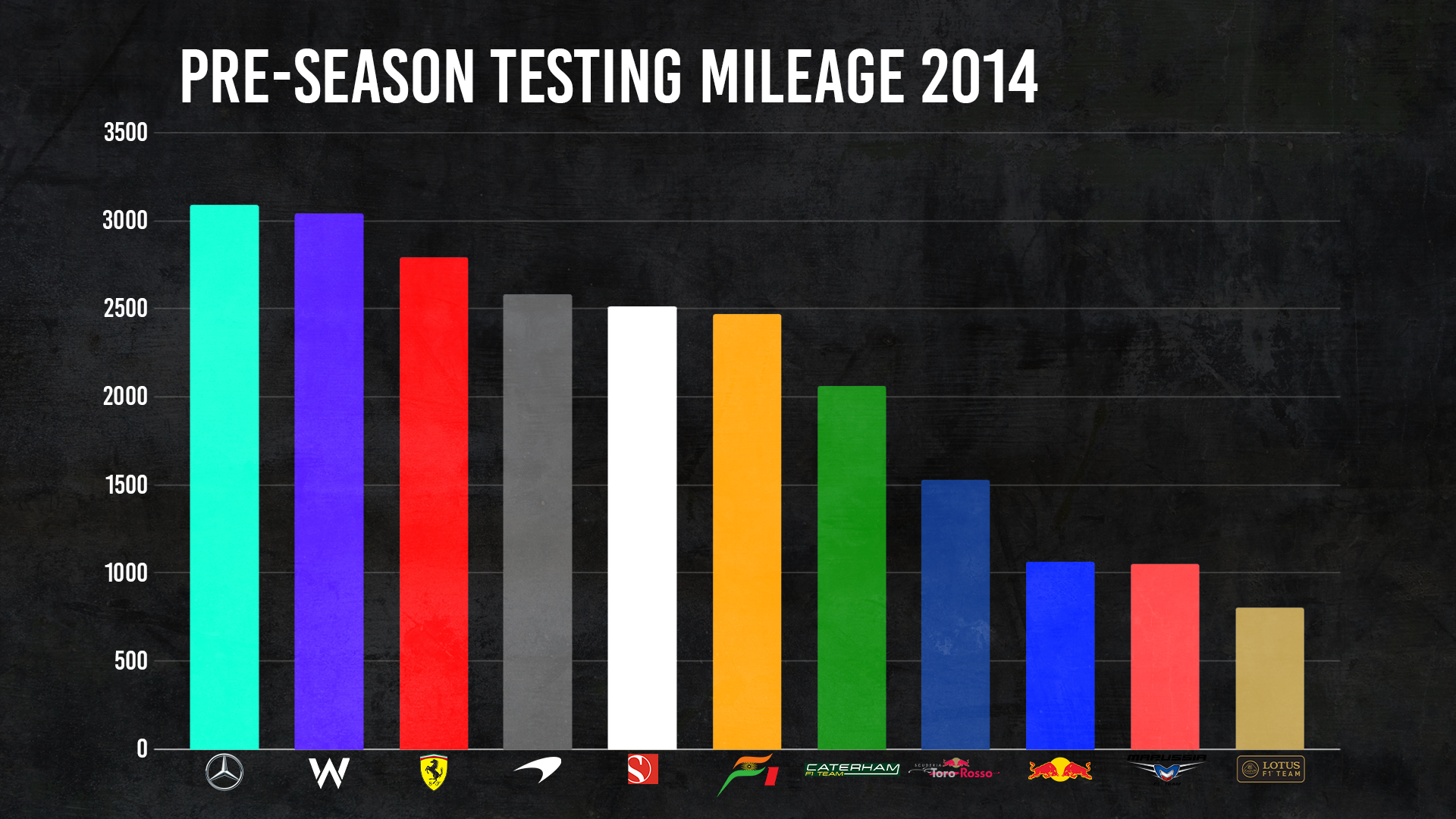
Red Bull performed miracles to allow Ricciardo to finish second on the road in the Australia season opener, only to be disqualified for exceeding the fuel-flow limit.
As the season progressed, the Renault engine improved in terms of power and reliability and Red Bull won three times. However, the victories for Ricciardo in Canada, Hungary and Belgium were all on weekends when dominant force Mercedes had problems.
The loss of exhaust blowing due to rule changes meant the car lacked grip in the corner exit phase, which made life difficult for Sebastian Vettel in his final Red Bull season.
But overall, it was a decent car aerodynamically.
11 - Red Bull RB14
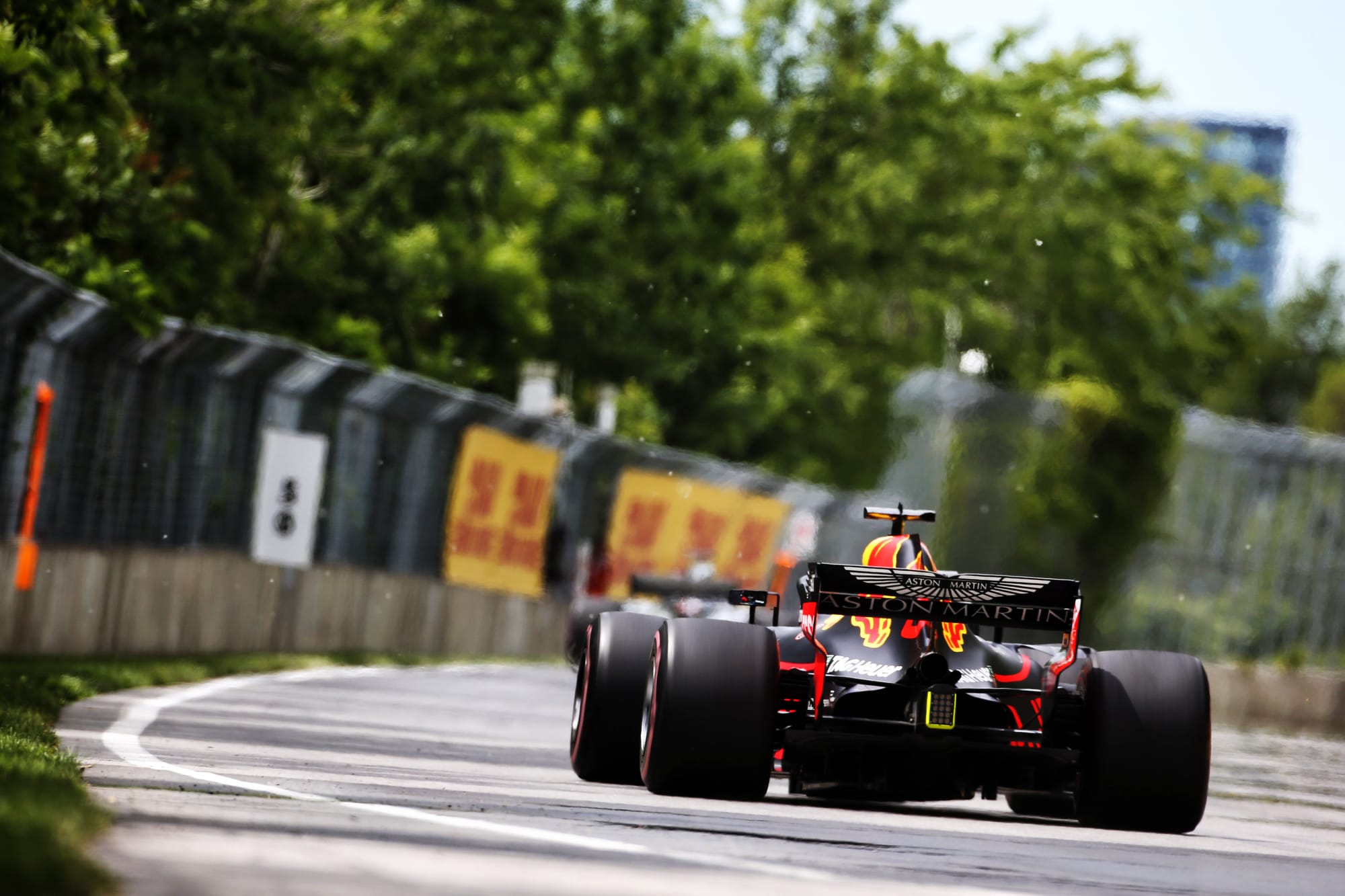
While the RB14 only finished third in the championship, it was at that point Red Bull’s most convincing car since the introduction of the V6 turbo hybrid engines. It went toe-to-toe with both Mercedes and Ferrari on occasions, winning four races.
The car was a significant departure from its predecessor, the troubled RB13 of 2017. It featured an increased wheelbase and greater rake.
The old problem of the weakness of the Tag Heuer-badged Renault engine was still a limiting factor and the Red Bull was generally at its best on less power-sensitive circuits. The fact the car carried a little more drag than its main rivals also contributed to this.
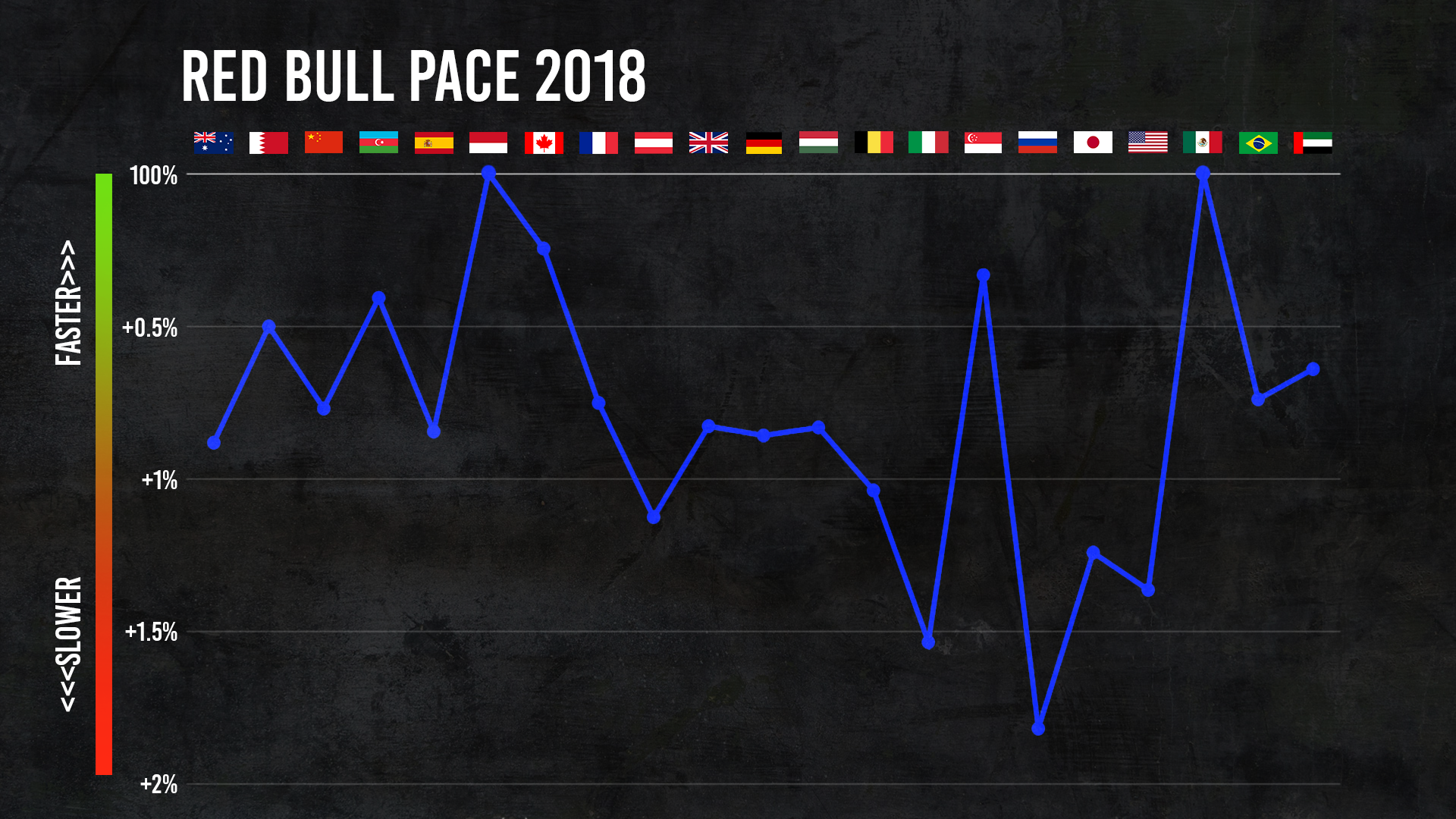
However, the RB14's prodigious development programme meant that by the end of the year it could still be relatively competitive even at less favourable tracks.
This car is significant as it marked the beginning of Red Bull’s path back to title-winning success three years later.
10 - Red Bull RB4
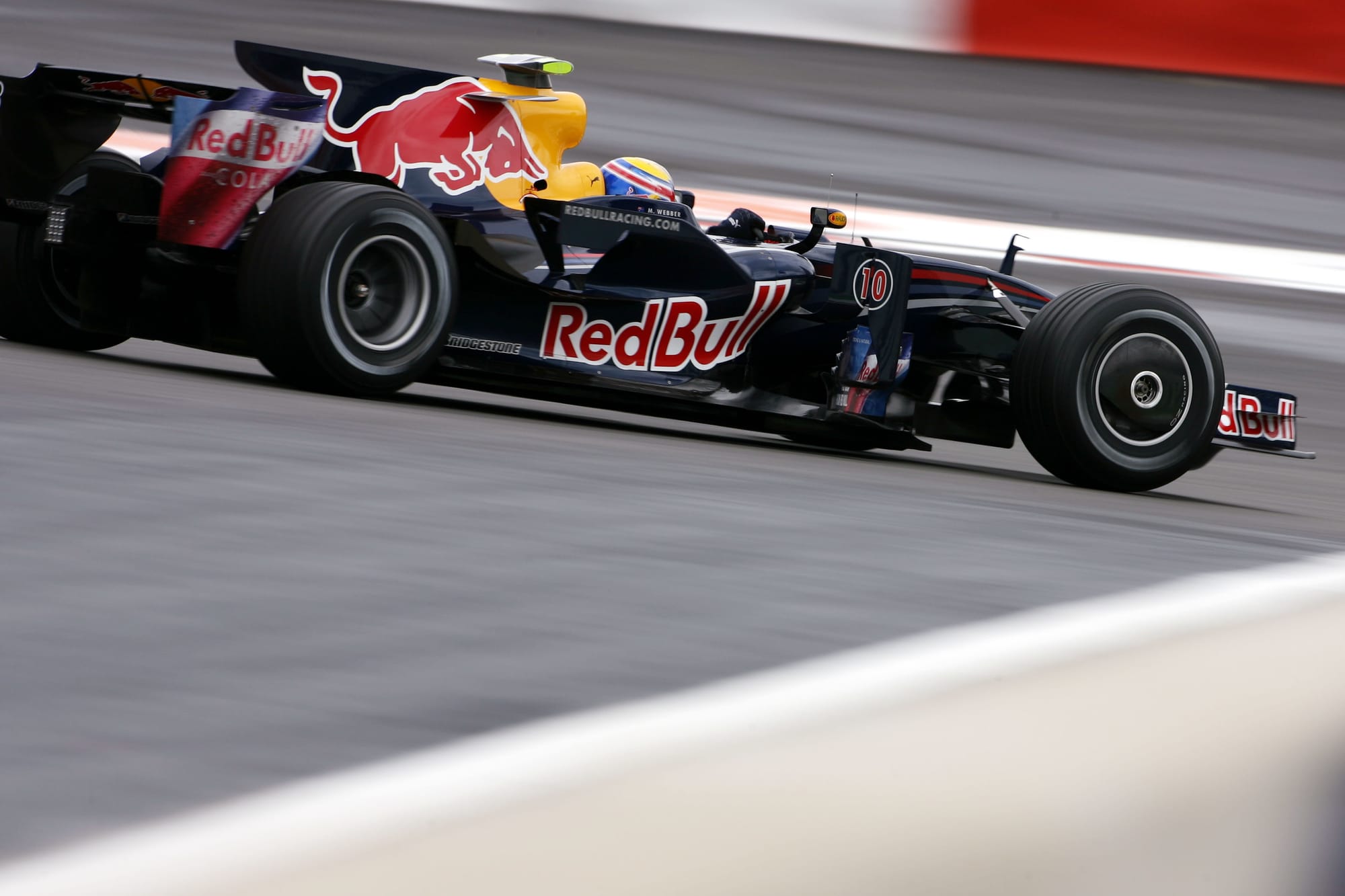
The Red Bull RB4 makes the top 10 despite being a bit of an embarrassment for Red Bull Racing. Not because it was terrible, but because junior team Toro Rosso beat it to the honour of taking the first victory for a Red Bull design in F1. This was at a time when customer cars were allowed so Toro Rosso used essentially the same car - something that was outlawed two years later.
Toro Rosso even finished ahead in the championship with its Ferrari-engined version of the RB4.
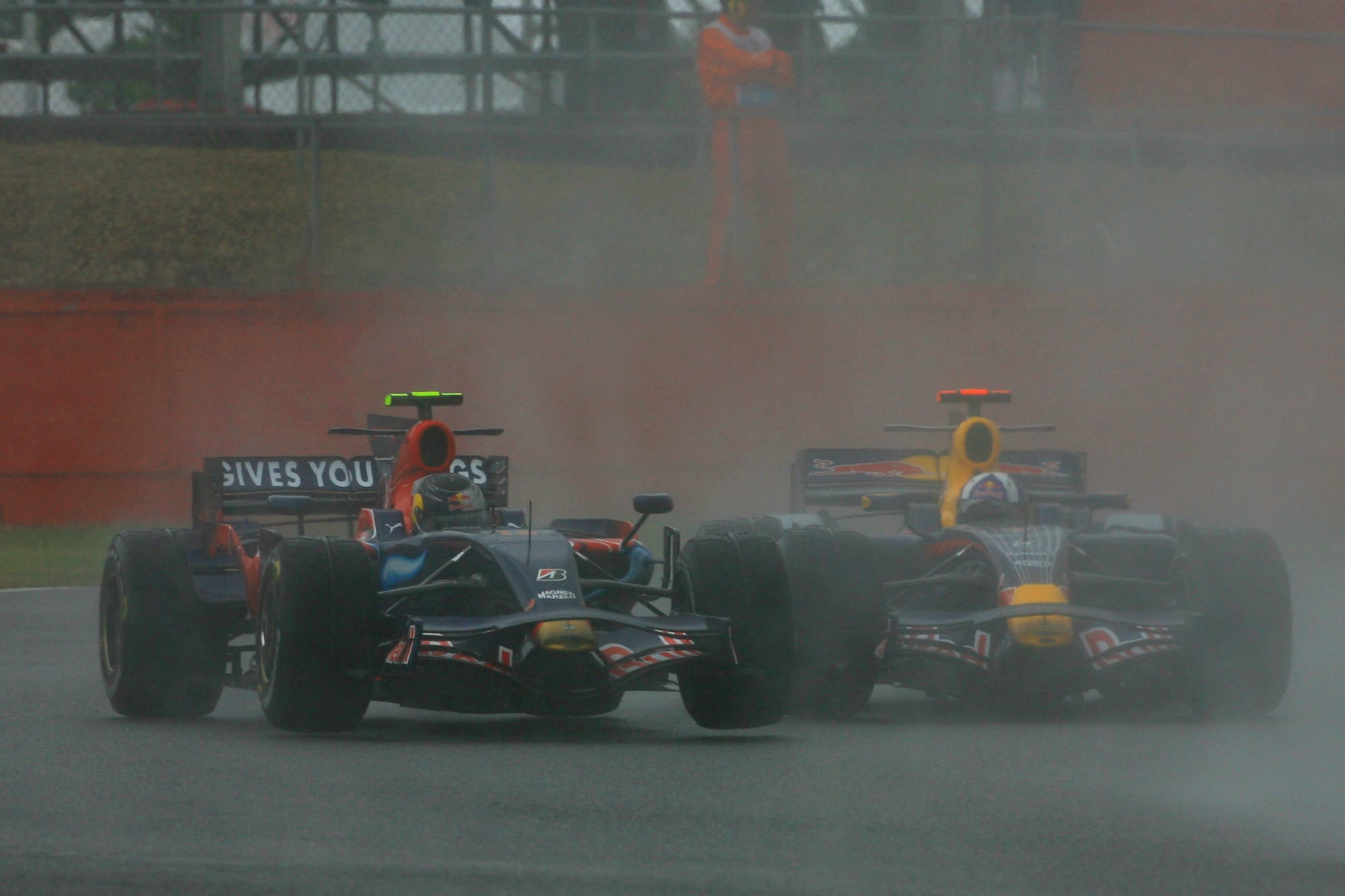
“It was a major source of embarrassment as we were getting beaten quite often by the junior team," Newey reflected.
There was, of course, a big positive to this because Red Bull had designed a winning car. And the main team halved the performance deficit to the front and made big reliability gains.
The aerodynamic concept was not dramatically different to the 2007 car, but there were major mechanical changes. This allowed the weight distribution and the aerodynamic centre of pressure to be moved further forward.
The car proved particularly good in fast corners, allowing Webber to qualify on the front row at Silverstone, where the RB4 was the quickest of all through the ultra-fast Copse Corner.
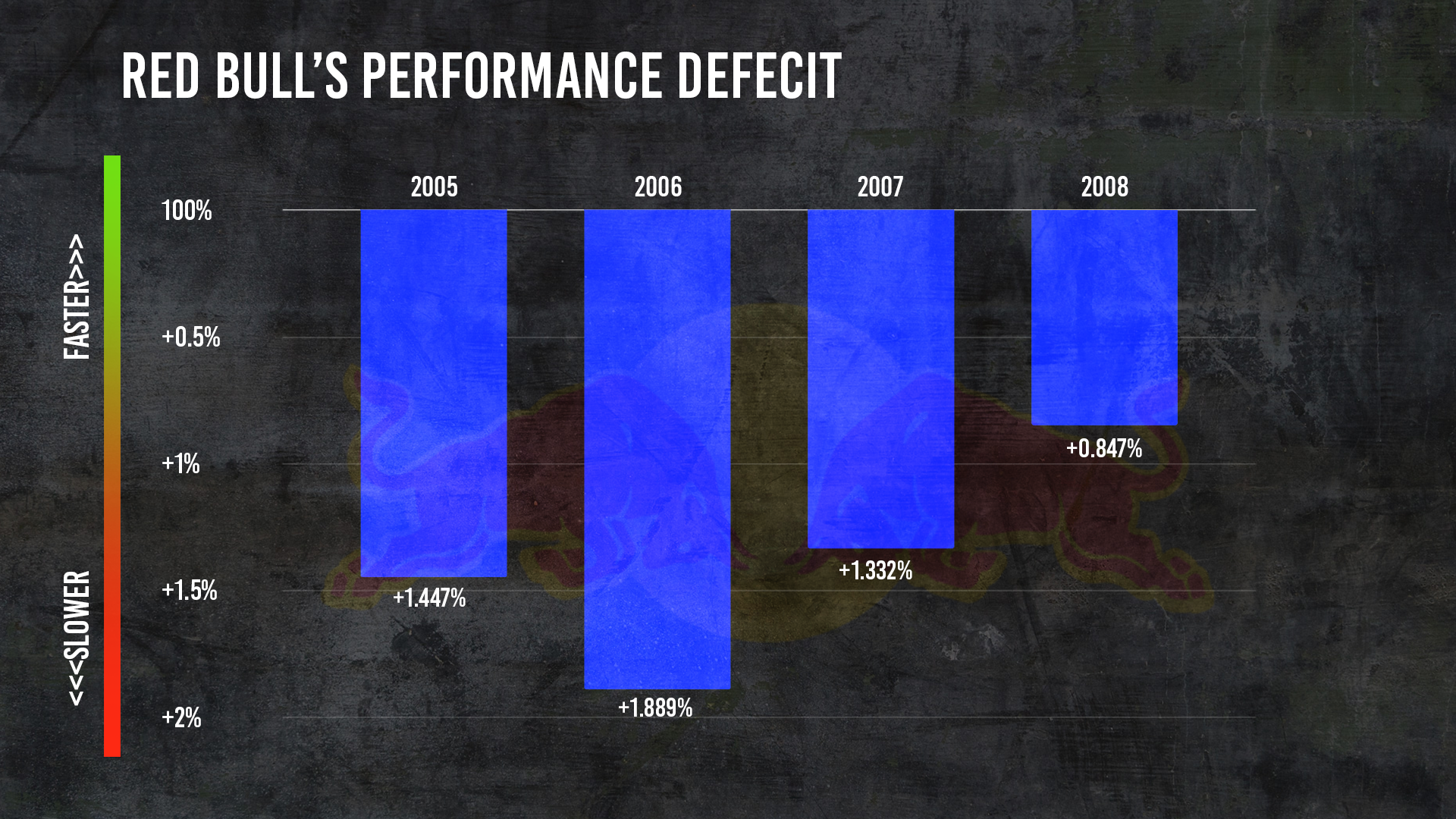
While it took just one podium finish and managed only seventh in the championship, the RB4 was the car that acted as a stepping stone to Red Bull’s first era of dominance.
9 - Red Bull RB15
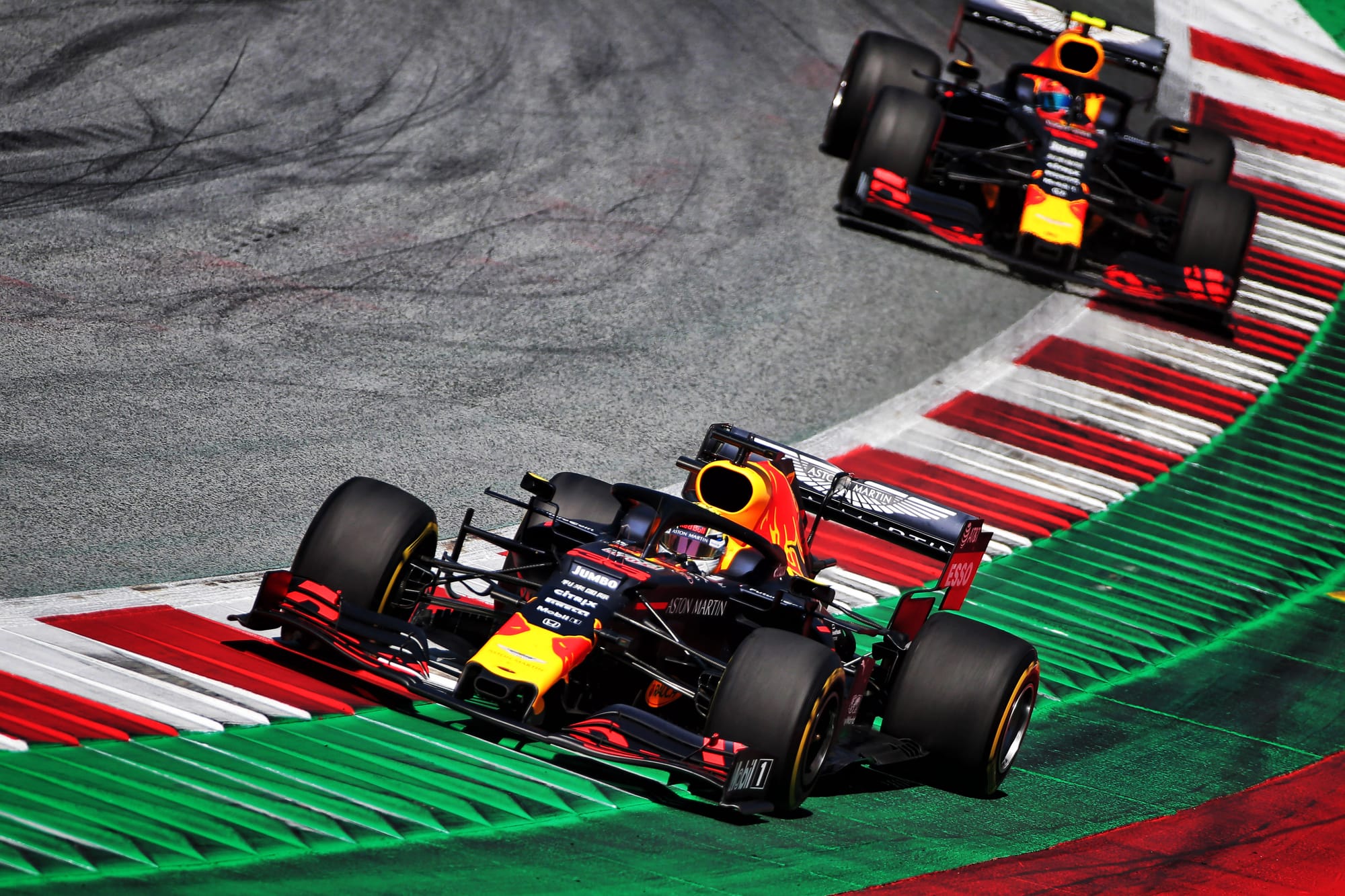
The Red Bull RB15 started 2019 around a second off the pace. But it made dramatic improvements over the year.
The car featured an innovative multi-link upper wishbone in the front suspension, which allowed greater ride height control with steering lock applied. But while that worked well, there were aerodynamic problems.
What chief engineer Monaghan described as a “large aero shake-up” happened across the first part of the season that transformed the way the car worked.
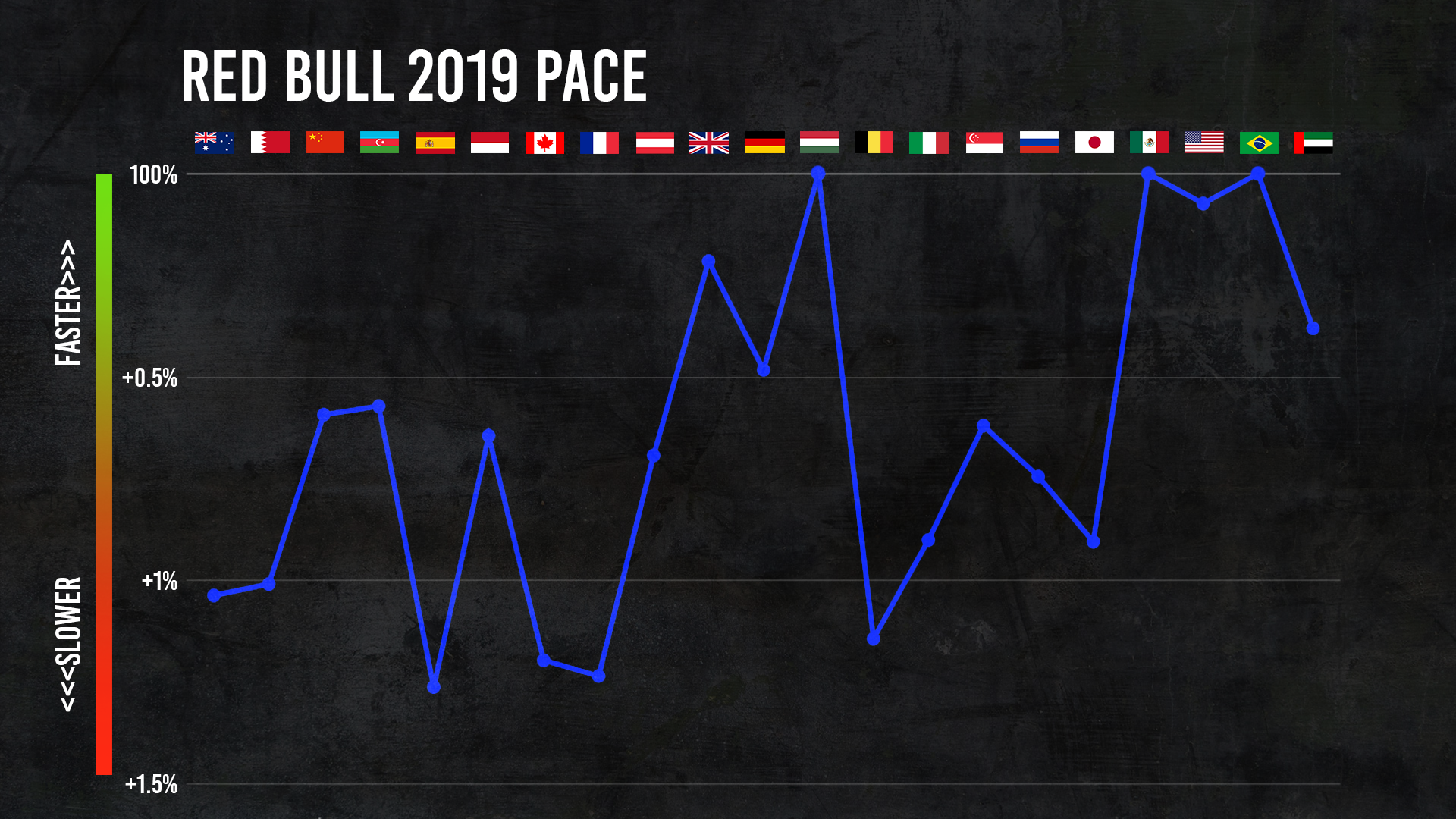
In particular, it was front-wing tweaks culminating in a minor endplate change in Austria that transformed the car, vastly improving the balance and setting it on a path that meant it had a very strong end to the season.
That turned the car into a winner, taking the first victory of Honda’s return to F1 in Austria. Max Verstappen added further wins in Germany and Brazil to cap a landmark first year for the Red Bull-Honda partnership.
8 - Red Bull RB8
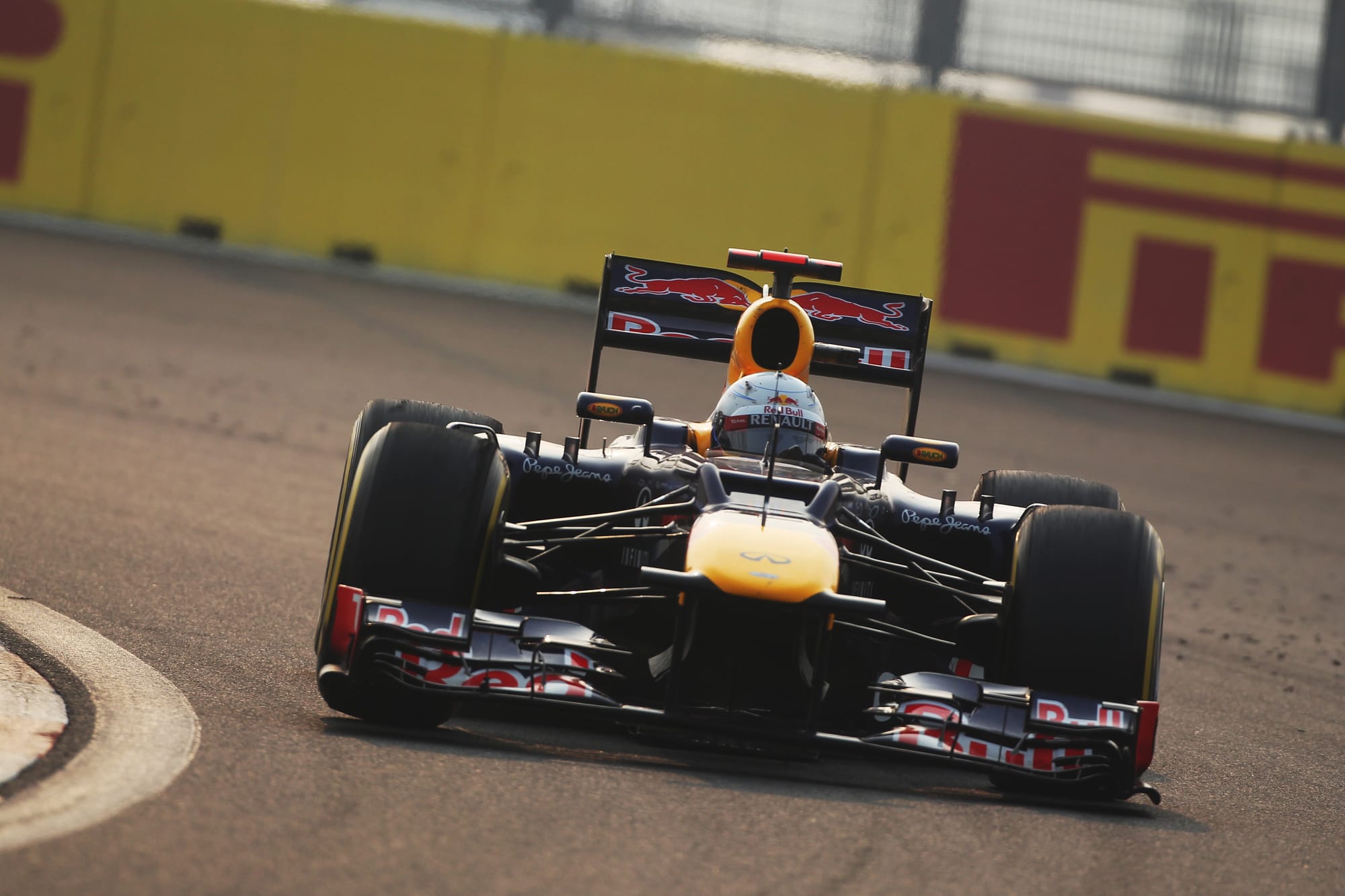
The Red Bull RB8 was initially knocked back in terms of pace compared to its successful predecessor by rule changes limiting the geometry of the exhaust exits. These demanded the exhausts must face rearwards, with the position, diameter and angle of the final 100mm of the pipes tightly mandated.
Red Bull initially planned to use ducts to recreate the exhaust-blown aero effect, but this was not considered legal. That led to the introduction of a Coanda Effect exhaust late in pre-season testing.
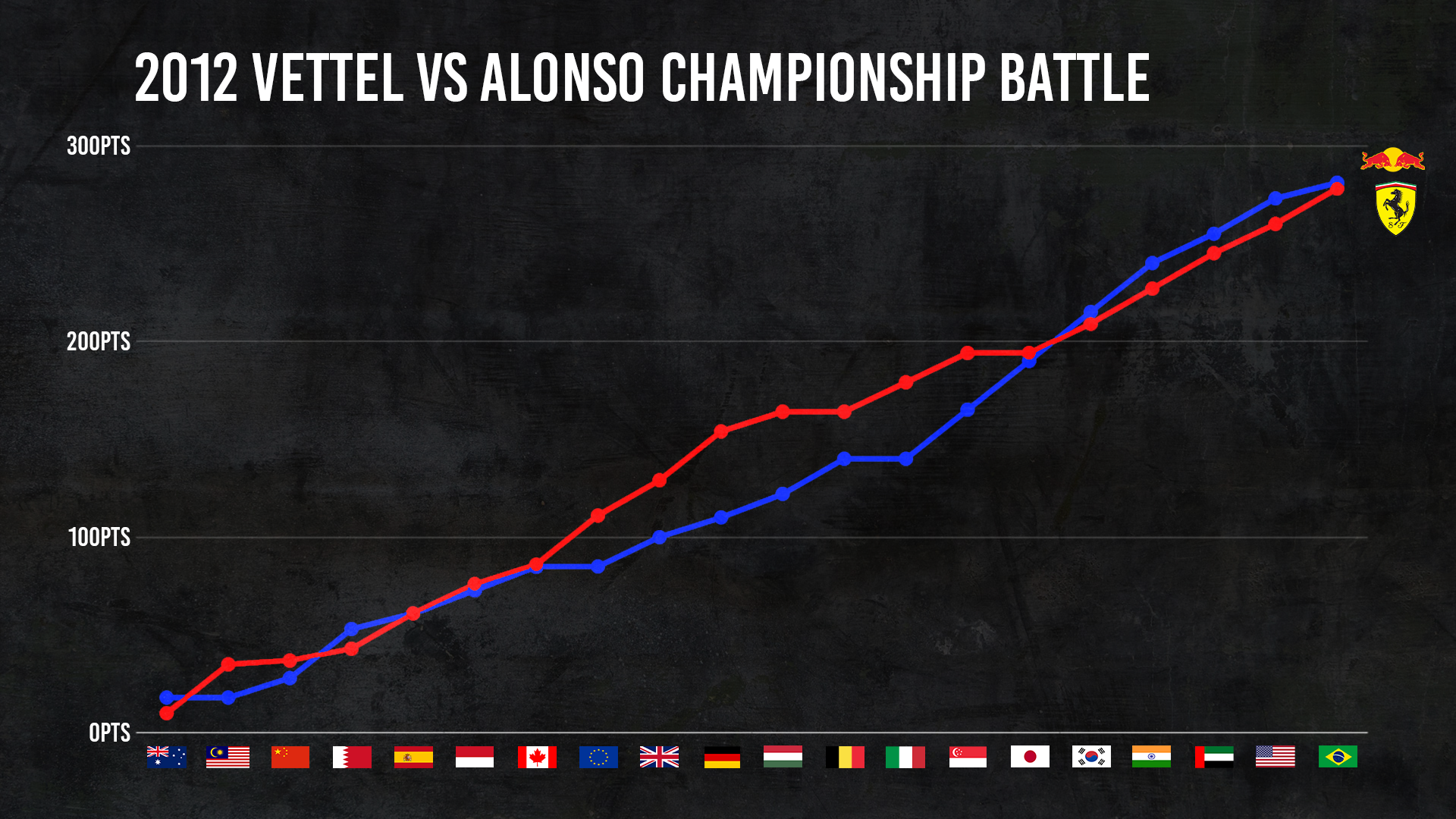
It wasn’t until mid-season and a new bodywork package introduced at the European Grand Prix that the car worked as well it should have done.
This used exhaust gases to pull the airflow over the top of the sidepods that could then be directed to the diffuser sides.
After a patchy start, the car became a regular winner in Vettel’s hands as he could use the exhaust-blowing effect to balance up oversteer.
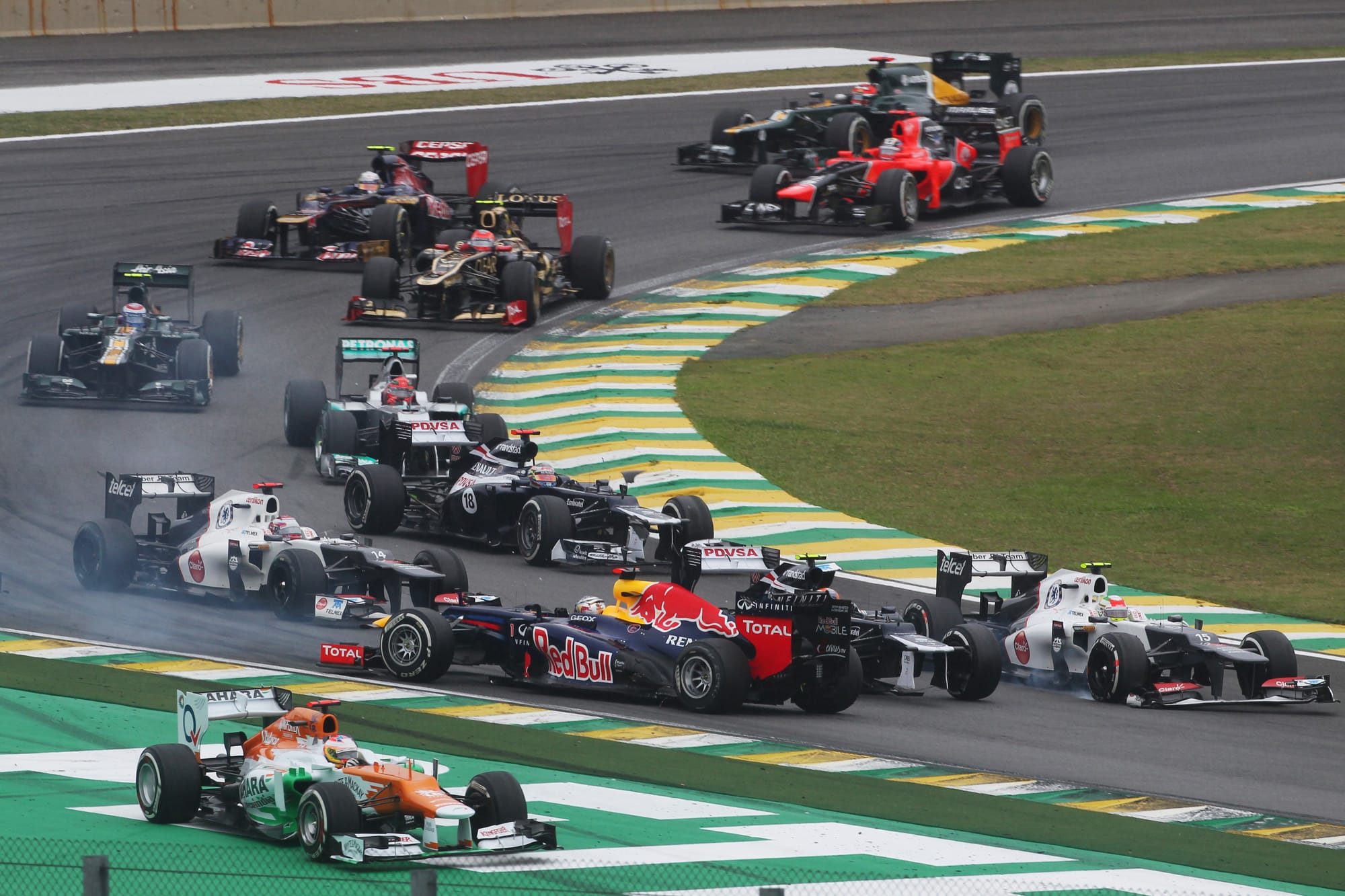
And the car was robust too, as proved when Vettel sealed the championship in the Brazil finale despite his first-lap clash with Bruno Senna’s Williams - narrowly defeating season-long rival Fernando Alonso.
7 - RB16B
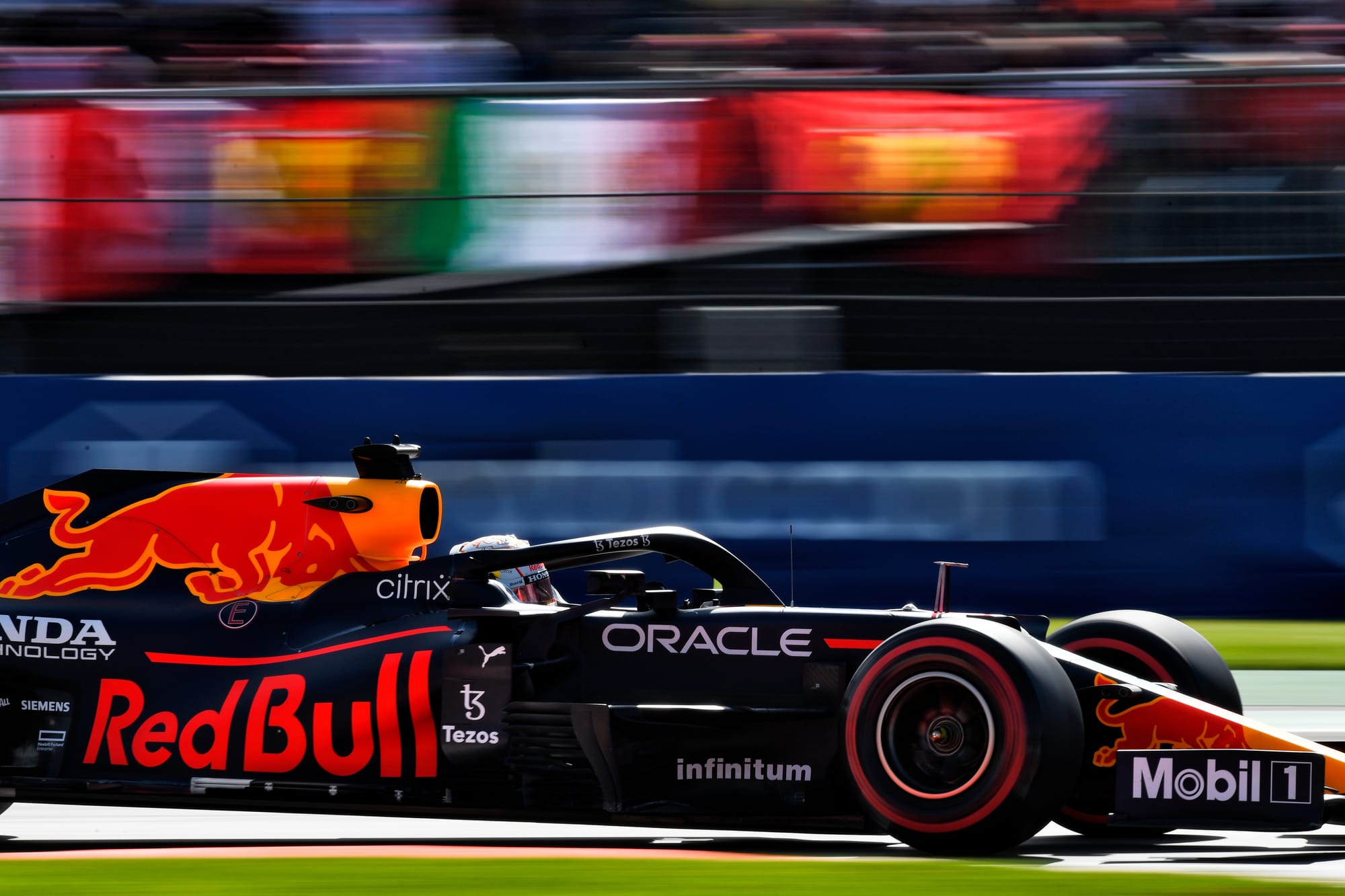
You could argue that the Red Bull RB16B doesn't deserve its own entry when it was just an evolution of the only modestly successful 2020 car, thanks to the requirement to carry over most of that design in the wake of the COVID-19 pandemic.
But the RB16B is a dramatically different competitive proposition thanks to a combination of regulation tweaks and shrewd changes by Red Bull.
Rules-wise, floor regulation changes the FIA said were made to prevent downforce levels growing and overstressing the unchanged Pirelli tyres played against low-rake Mercedes and therefore favoured high-rake Red Bull. But the car still needed to be improved.
Newey and Red Bull opted to use its limited upgrade tokens to change the gearbox casing and therefore the rear suspension.
That allowed Red Bull to adopt a Mercedes-style swept-back rear suspension that increased the potential for downforce generation at the rear.
This meant it could produce prodigious amounts of downforce, albeit while carrying a little more drag than title rival Mercedes thanks to its high-rake concept.
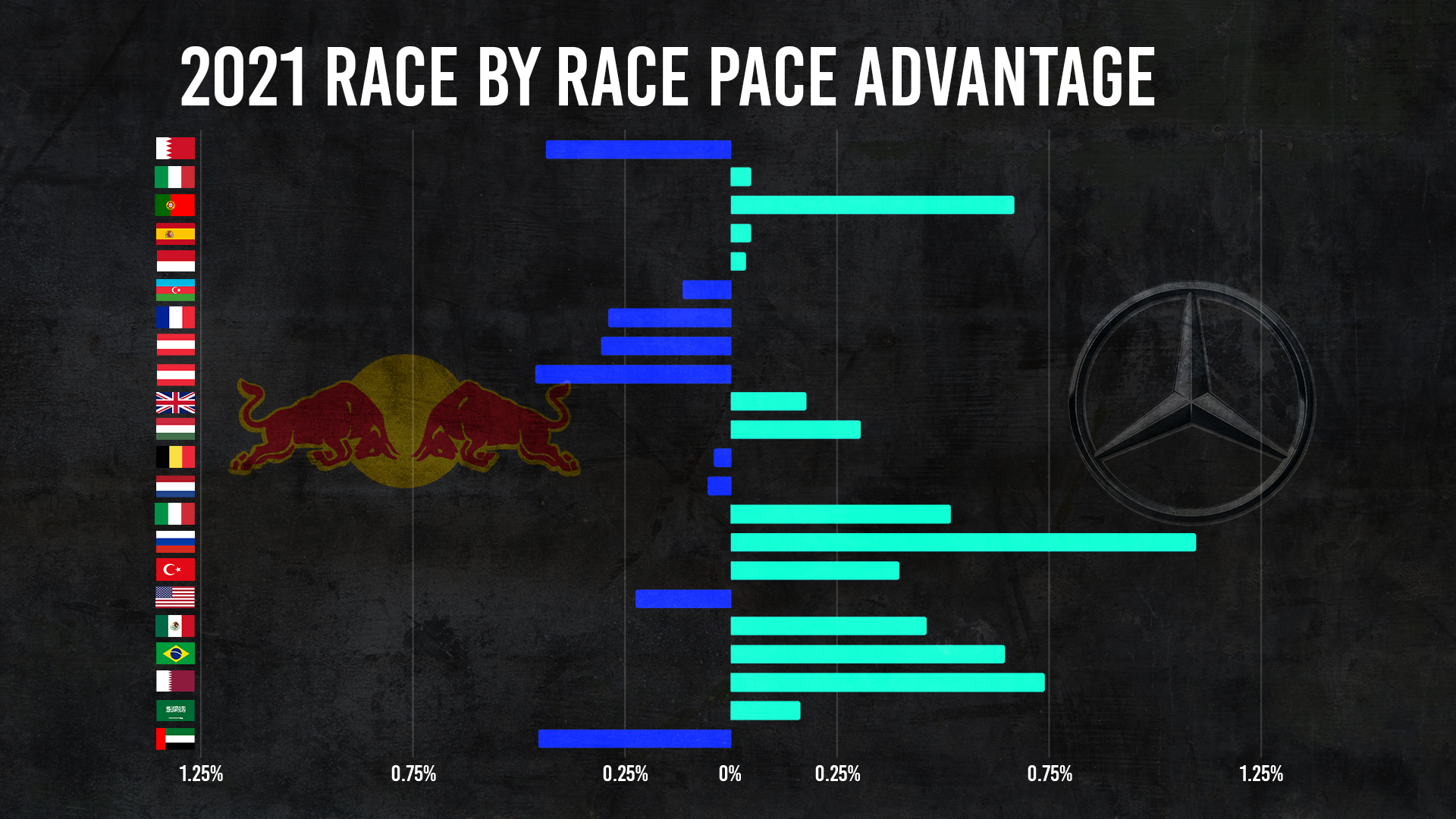
There were also Honda power unit changes that improved packaging and performance.
This turned the car into one Verstappen took to his first world championship, albeit with Red Bull missing out on the constructors’ crown.
6 - Red Bull RB9
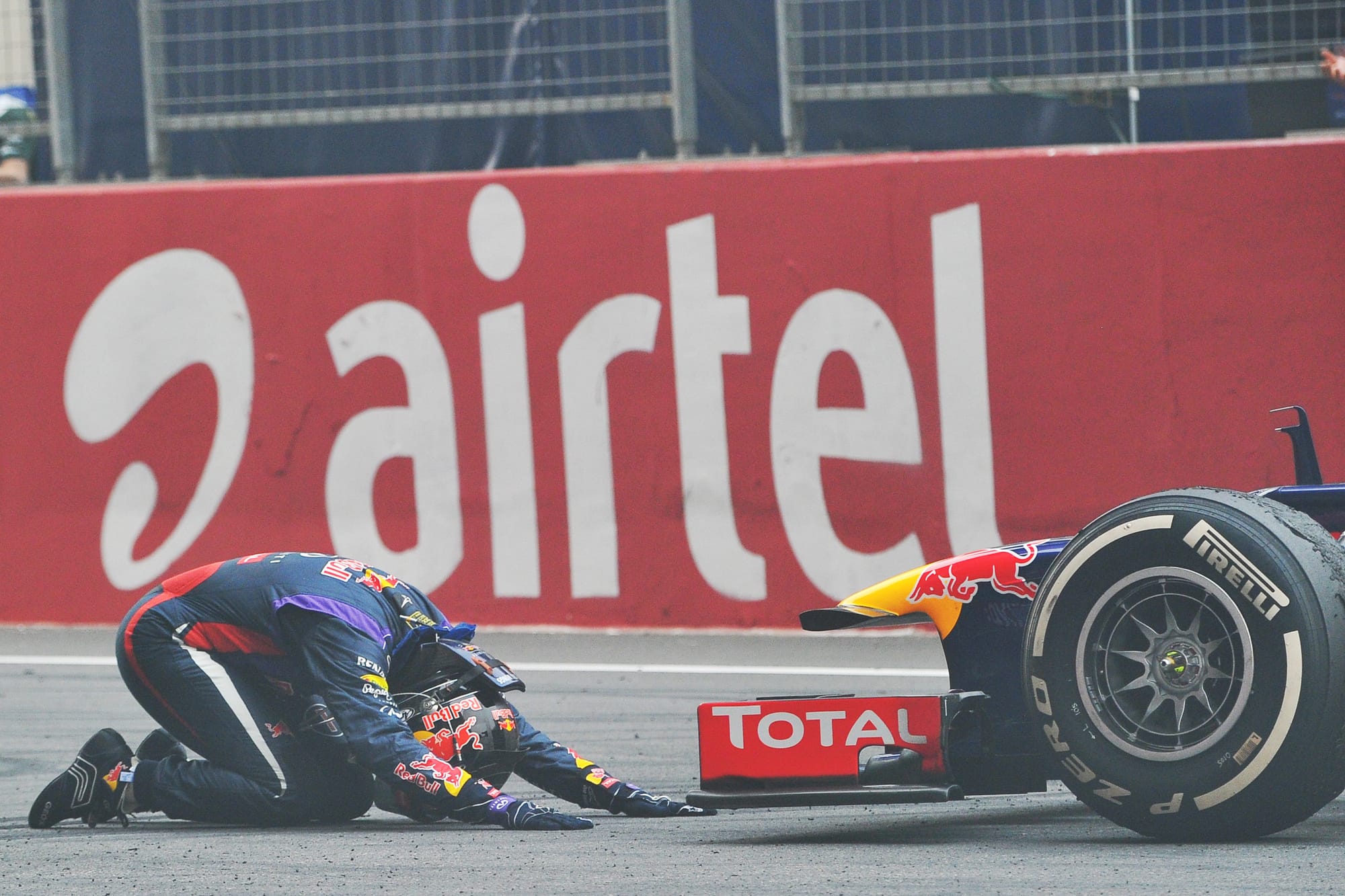
The RB9 of 2013 was the fully realised version of the car Red Bull wanted to have in 2012 - and unlike the narrow title victory that the RB8 delivered in 2012, the RB9 was utterly dominant.
“The architecture of the car was the same [as the 2012 car] with various aerodynamic tidy-ups and evolutions," Newey said.
The car retained the high-rake concept Red Bull had increasingly exploited over the previous years and featured a Coanda Effect exhaust that energised the brake duct winglets and the diffuser sides.
It also had a sidepod undercut very deliberately profiled to act effectively as a duct and was designed with a great mastery of vortex-generation.
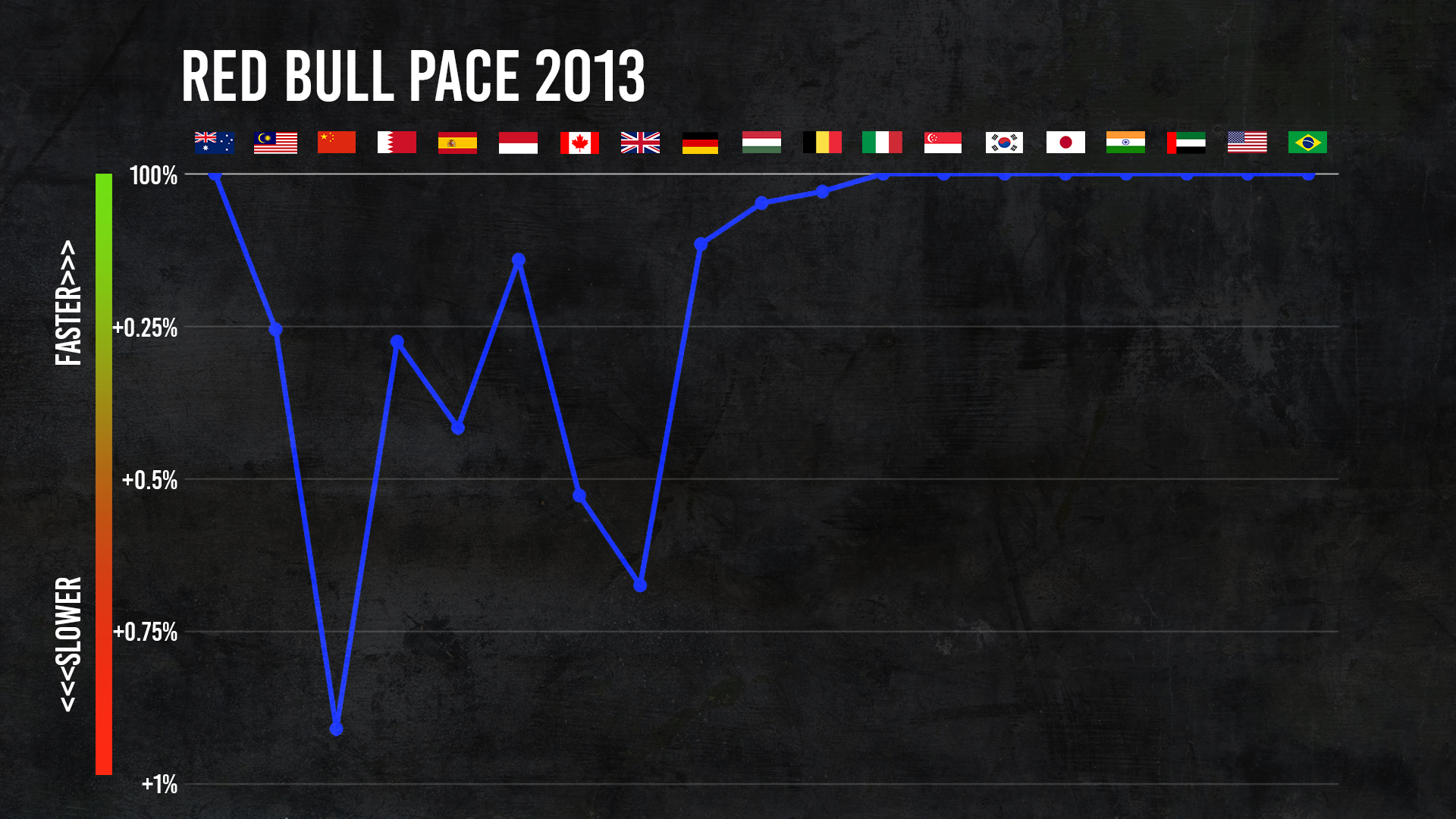
In short, this was the peak manifestation of the cars produced under the 2009-13 regulations cycle.
There were occasional tyre degradation troubles, something Red Bull tried to pin on the car being too fast for the tyres, but overall it dominated the season - in particular after the August break, when Vettel racked up nine consecutive wins.
That run of success was partly down to pushing on with development while main rival Mercedes focused more resources on its 2014 rule-change car.
5 - Red Bull RB6
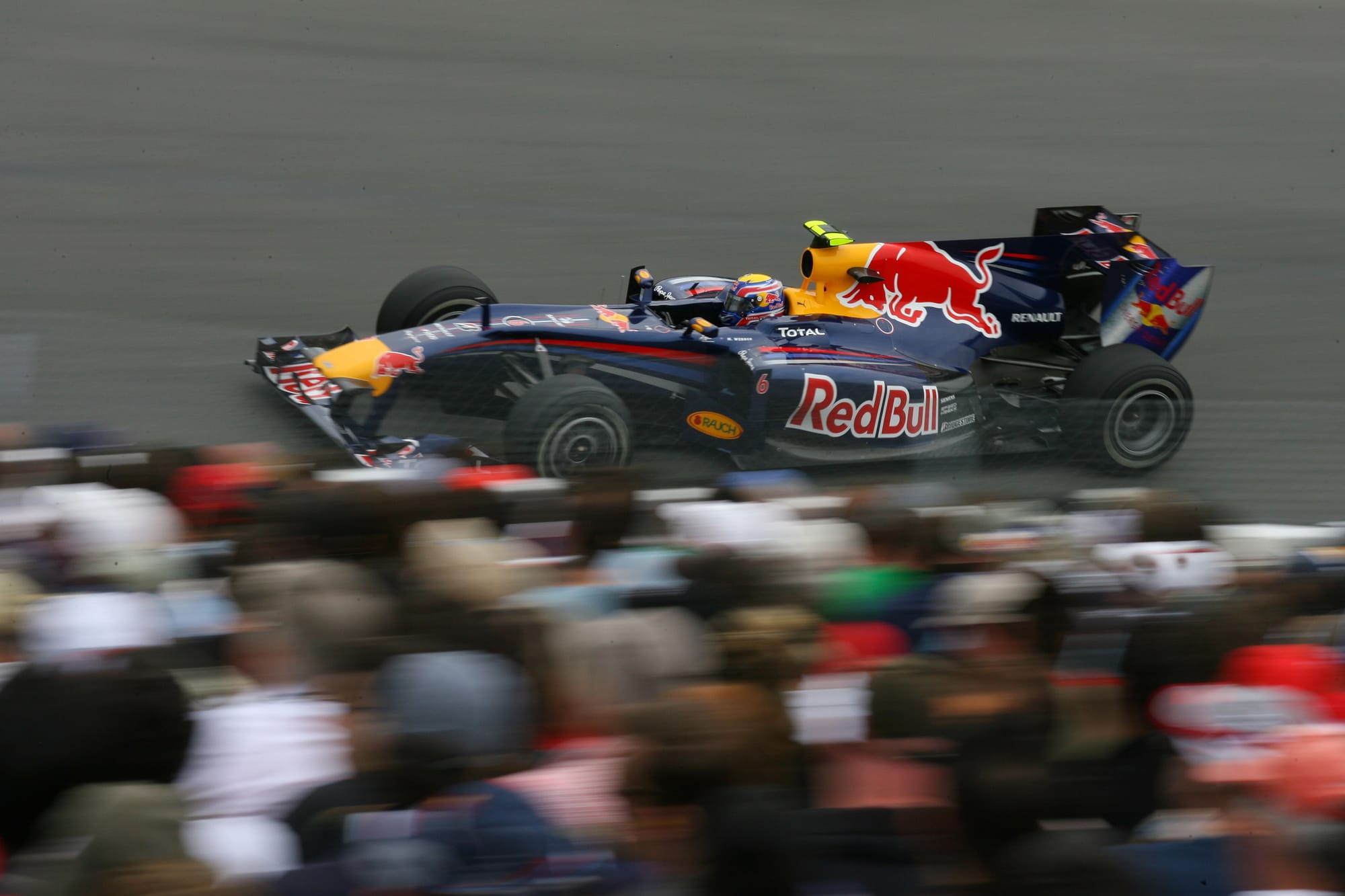
The 2010 Red Bull RB6 was the team’s first championship winner and brought the exhaust-blown diffuser back into F1. Newey’s first port of call, when it came to working on that, was asking engine partner Renault to dig out the work it had done on engine characteristics with Williams almost two decades earlier.
Fundamentally, the car was an evolution of the Red Bull RB5. It was therefore the first, and thanks to subsequent rule changes only, Red Bull designed fully around the double diffuser.
The car was lengthened, with the rear suspension featuring an extreme angle for the front leg of the rear lower wishbone. That, along with the narrower gearbox, increased the potential for downforce at the rear.
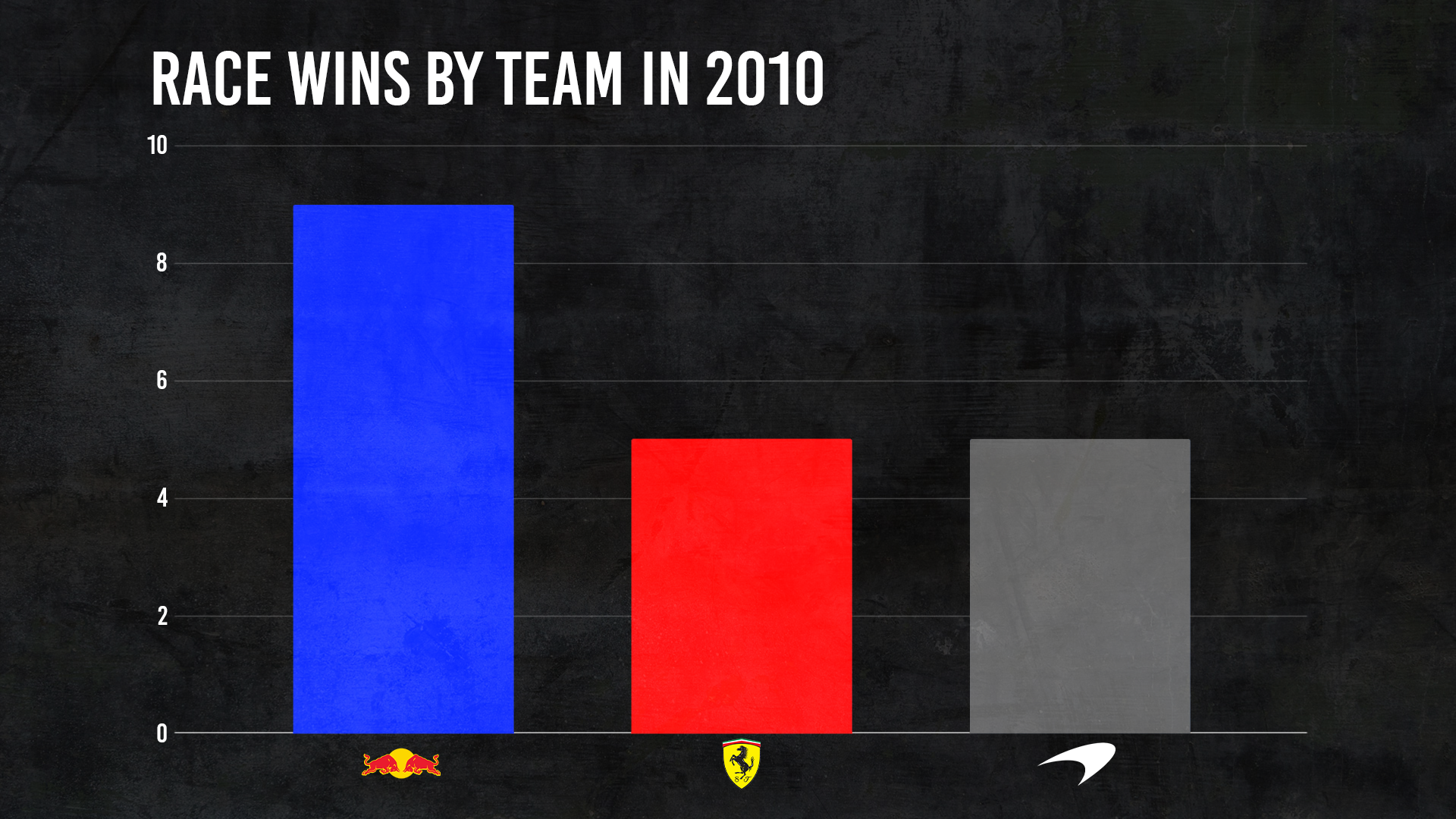
To add to that, the exhaust blew into the side of the diffuser, making it massively more effective in terms of producing downforce.
The car won nine races but was comfortably the best of 2010 and should have added many more victories, but for unreliability and the infamous Turkish Grand Prix collision that wiped out warring team-mates Vettel and Webber.
Having already sealed the constructors’ championship, Vettel’s victory in the Abu Dhabi finale earned him his first drivers’ crown.
4 - Red Bull RB5
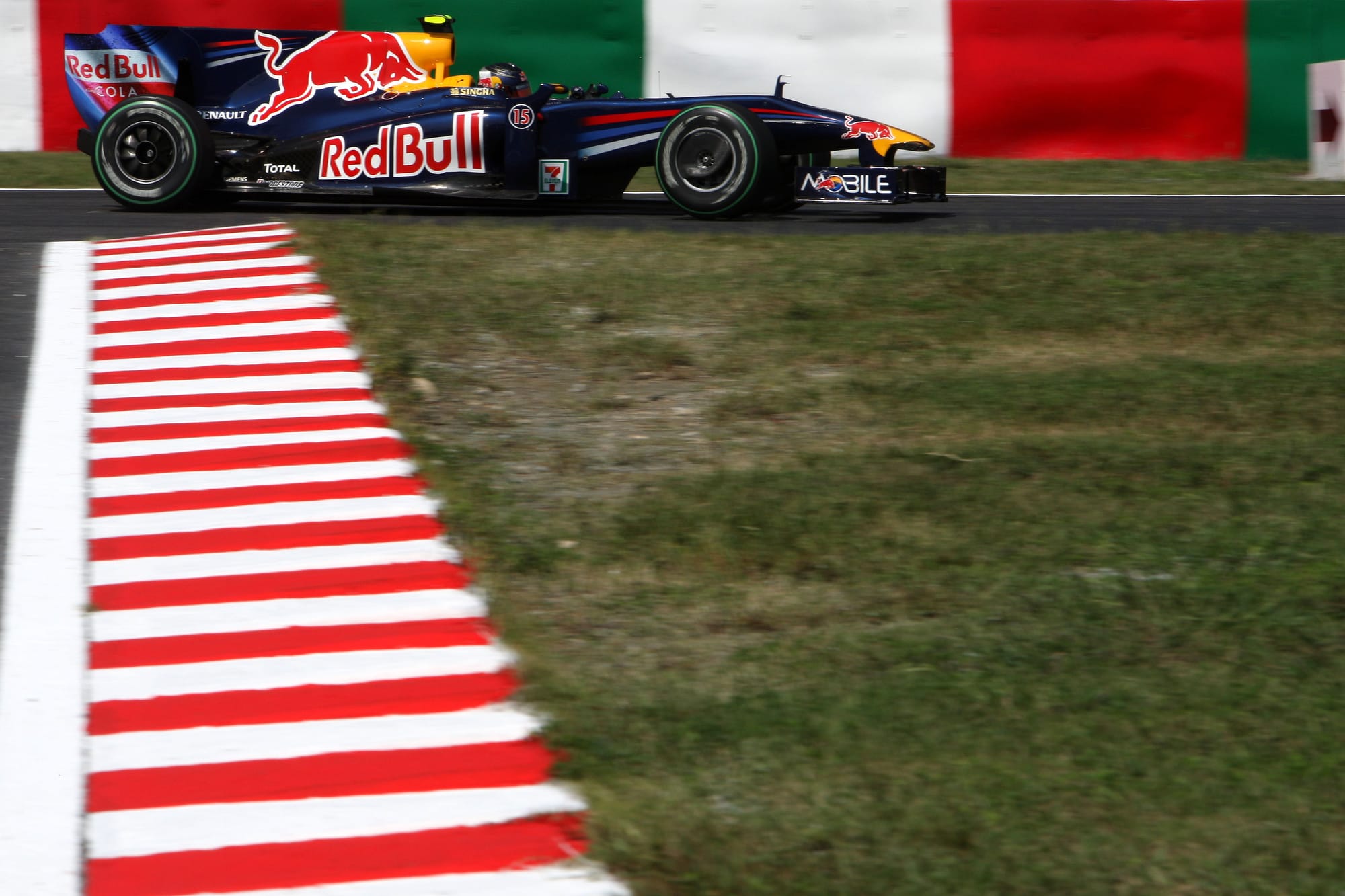
The Red Bull RB5 didn’t win the championship, but it could have done. And had the double diffuser been ruled illegal, as Newey felt it should have been, it surely would have.
“We’d looked at it [the double diffuser] around June [2008], but came to the conclusion it probably wasn’t legal," Newey said.
The ‘skinny’ aerodynamic rule changes of 2009 created the opportunity for Red Bull to make a big leap forward. And the RB5 was the most radical of the 2009 cars - more so than the famous Brawn.
The car featured pullrod rear suspension, a geometry that had fallen into disuse in F1. This was a move designed to optimise the potential for downforce production at the rear. A lowered gearbox combined with this to help lower the centre of gravity.
The car also featured an innovative nose with reduced area thanks to its U-shaped top and bottom surfaces.
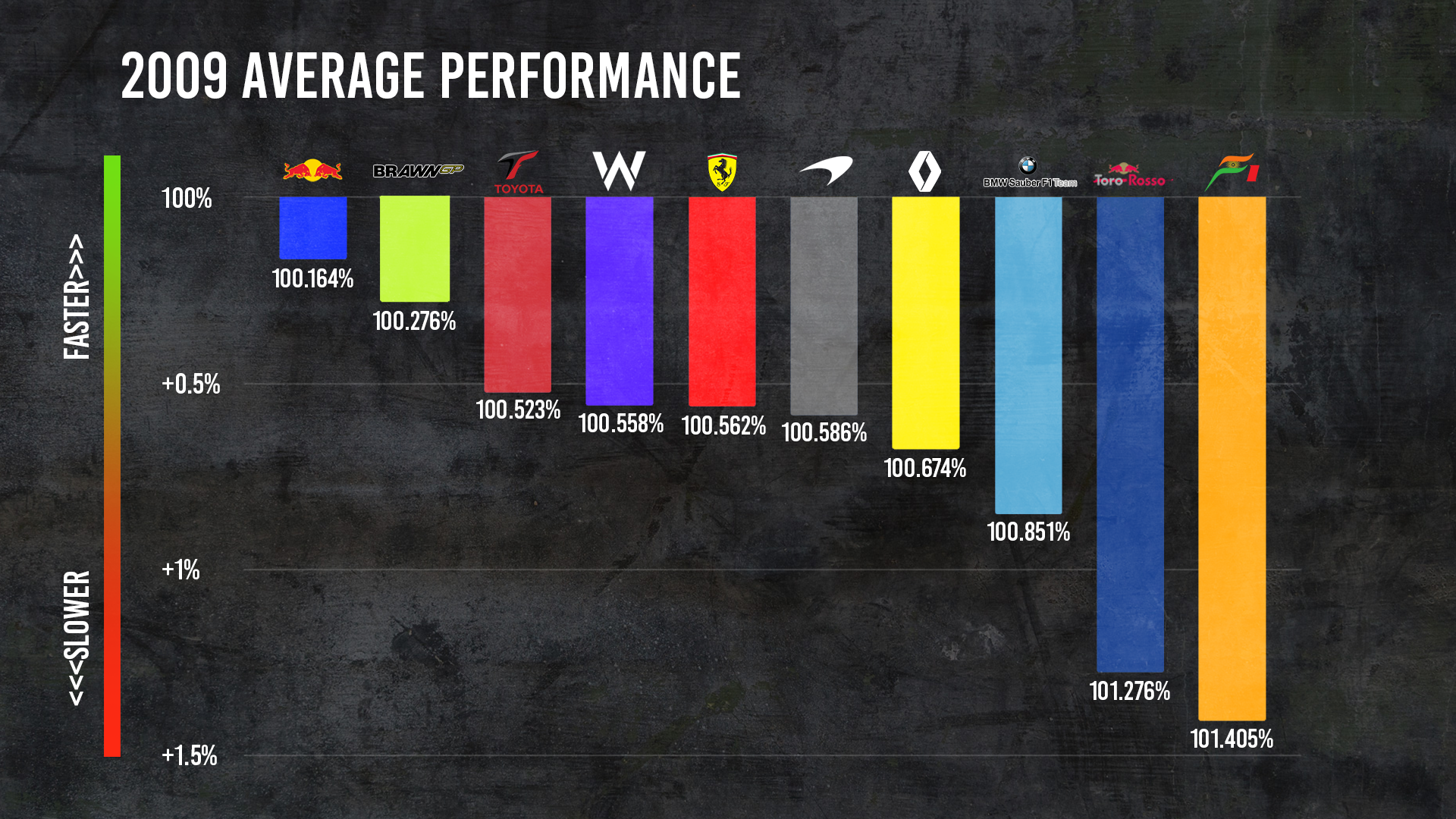
It was outstanding in fast corners, but less nimble in slower corners. Benefitting from an unprecedented development rate, including introducing the double diffuser for the sixth race of the season at Monaco - a change that required the repositioning of the front and rear suspension - the car was a frontrunner throughout 2009 despite not taking as many victories as it should have done due to unreliability and driver errors.
The car won six races, including Red Bull’s first win in China, and was, on average, the fastest across 2009. And what makes this car so important is it laid the foundations for Red Bull’s first era of dominance.
3 - Red Bull RB18
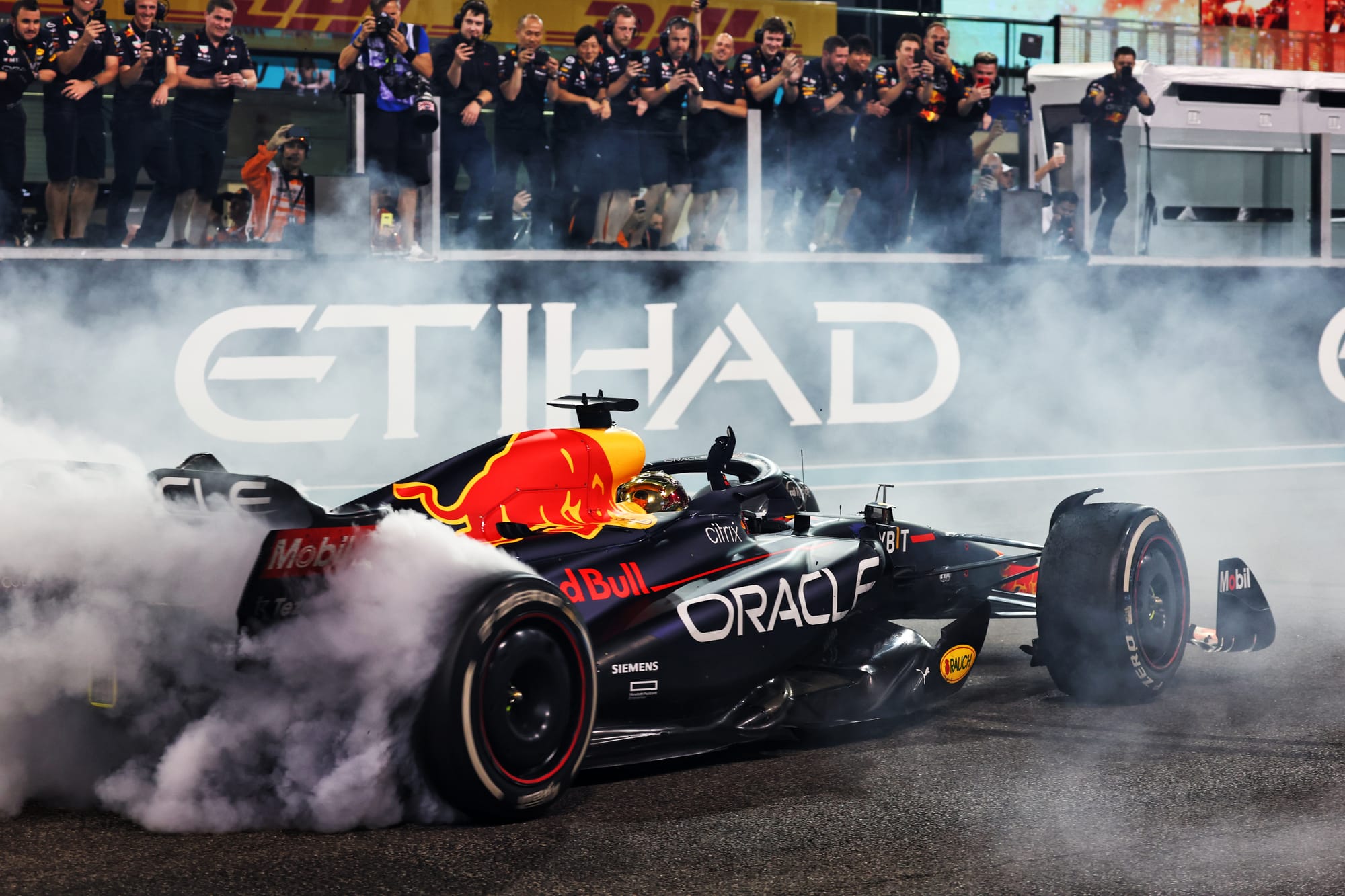
Red Bull utterly nailed the new ground-effect regulations introduced in 2022 with a car that also laid the foundations for its record-breaking dominance the following year.
Newey’s knack for understanding how to balance up the complicated performance equation played a key role in this. Given Red Bull didn’t have many problems with porpoising, it’s significant that Newey’s design focus was on the suspension.
Significant improvements were made over the season, with the reduction in weight vital - doubly so given it allowed the weight distribution to be shifted rearward to create a more responsive car. That built on the strengths of a car that started out already very quick, particularly in a straight line.
"As soon as we got rid of most of the weight, the car just became a lot more agile, how racing cars should be," Verstappen said.
The RB18 was hugely successful in its own right, winning 17 out of 22 races, but only took eight pole positions given the Ferrari was often faster over a qualifying lap.
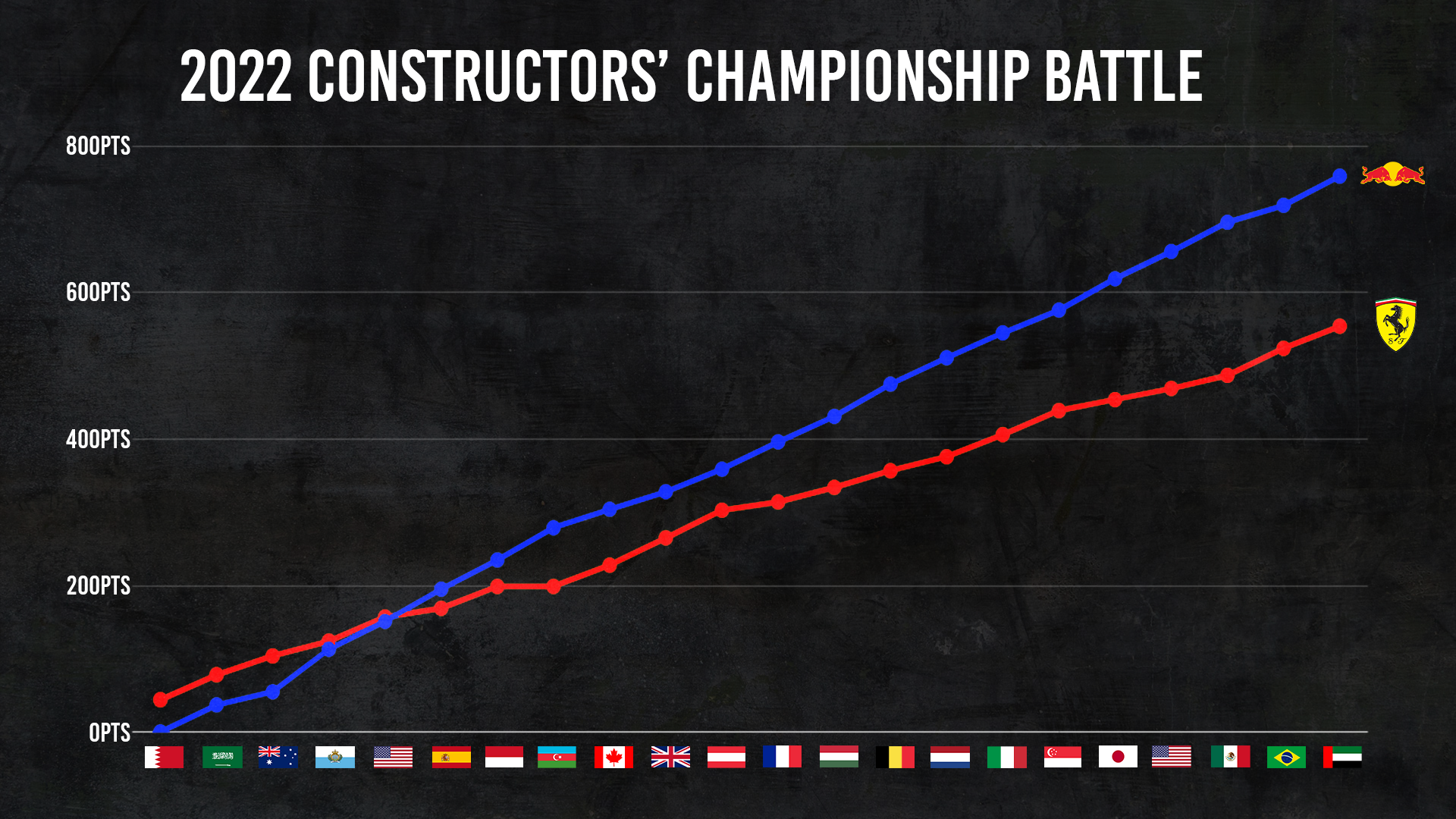
The 2023 car was a direct evolution of the RB18, with mechanical tweaks and a significant step forward in terms of aerodynamic performance that made it utterly dominant.
2 - Red Bull RB7
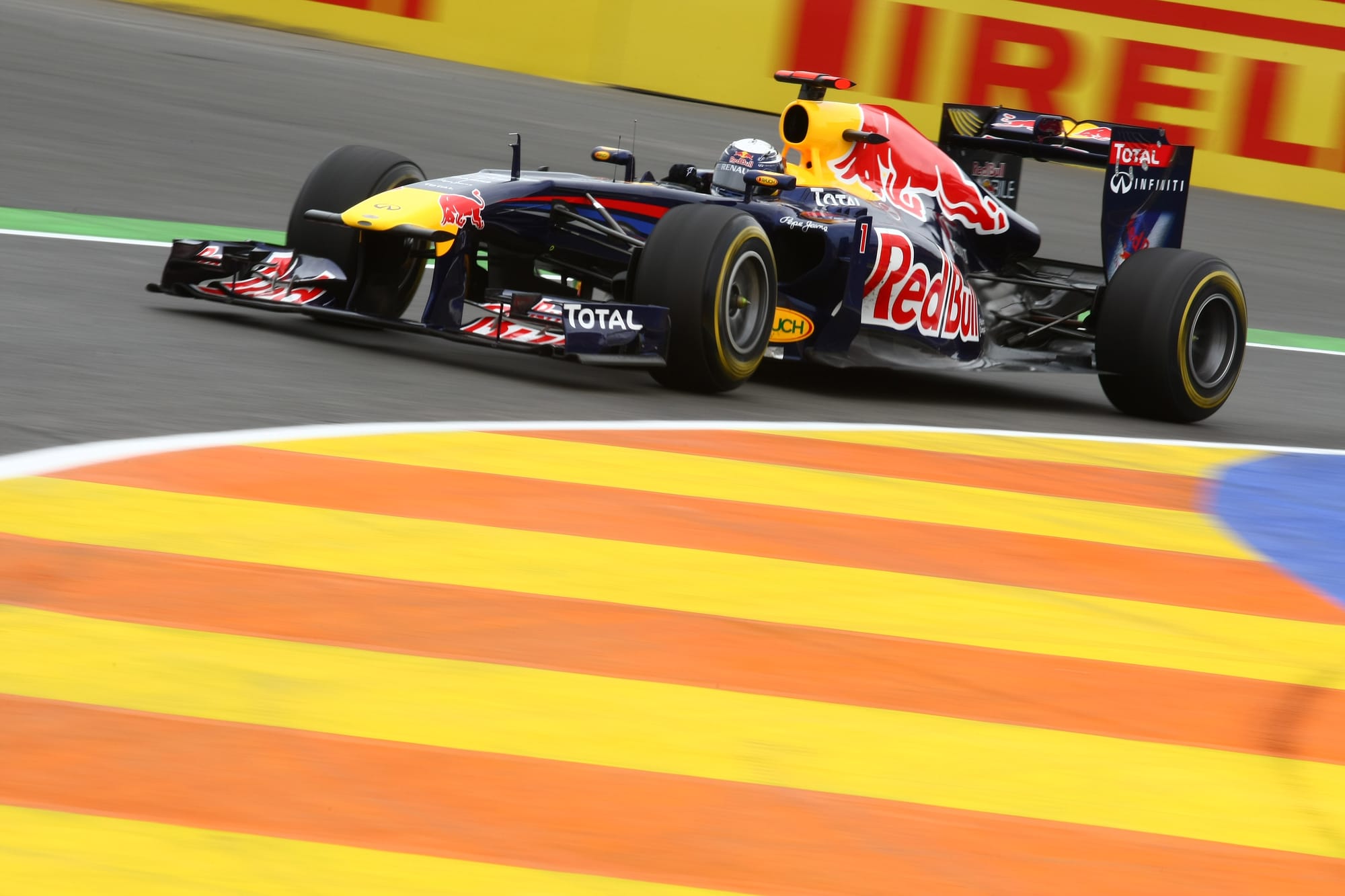
The Red Bull RB7 is too often forgotten, but of all the team’s cars the dominant 2011 machine has the best average in terms of single-lap pace.
It only failed to set the fastest lap of a race weekend once - in Korea, where McLaren driver Lewis Hamilton took the only non-Red Bull pole position of the year.
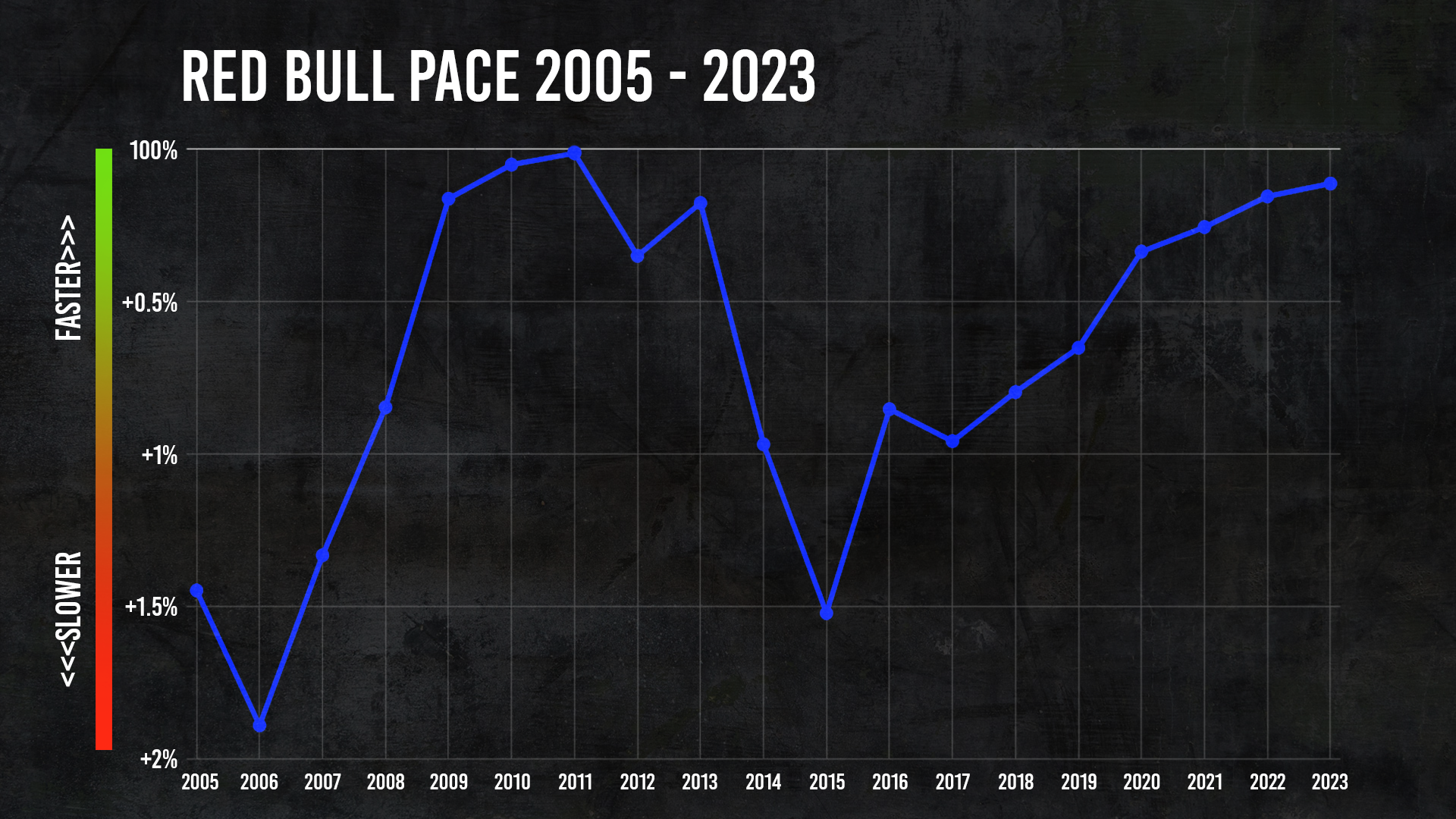
The RB7 was the peak of the exhaust-blown diffuser cars thanks to an upgrade introduced late in testing.
This placed the exhaust exits low-down just inside the rear tyres. Both cold and hot blowing could be called on, with hot blowing created by retarding the ignition allowing the gasflow to be maximised when the driver didn’t need the power at the wheels but was still hard on the throttle. This meant tremendous rear stability.
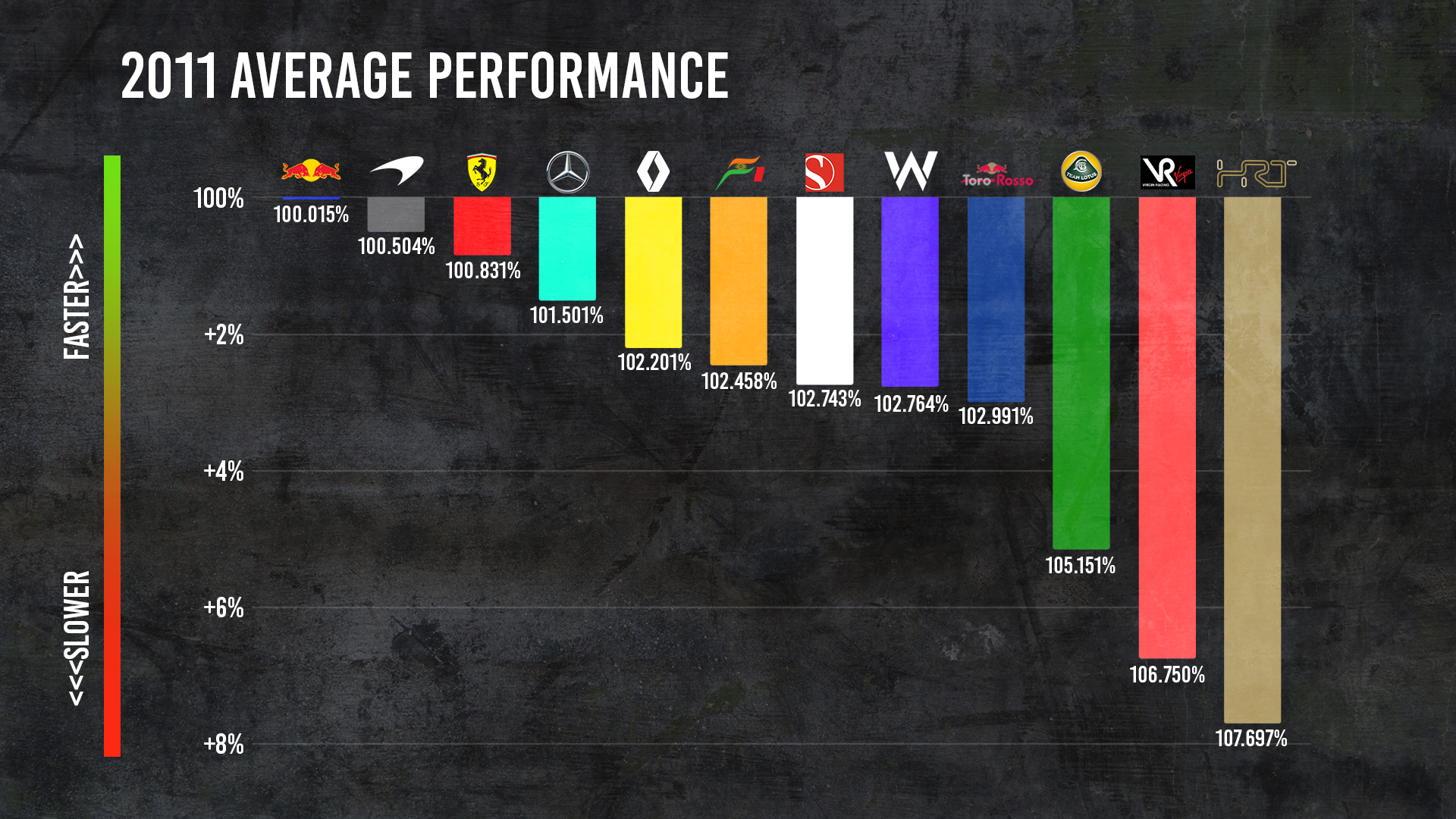
Newey also hit on the idea of repackaging the KERS batteries inside the gearbox bellhousing. That cost it around 40% of the energy and often meant it overheated, but with the extra power always there for qualifying laps and the start.
This well-packaged car proved untouchable and Vettel’s mastery of driving exhaust-blowing cars meant he was a dominant champion.
1st - Red Bull RB19
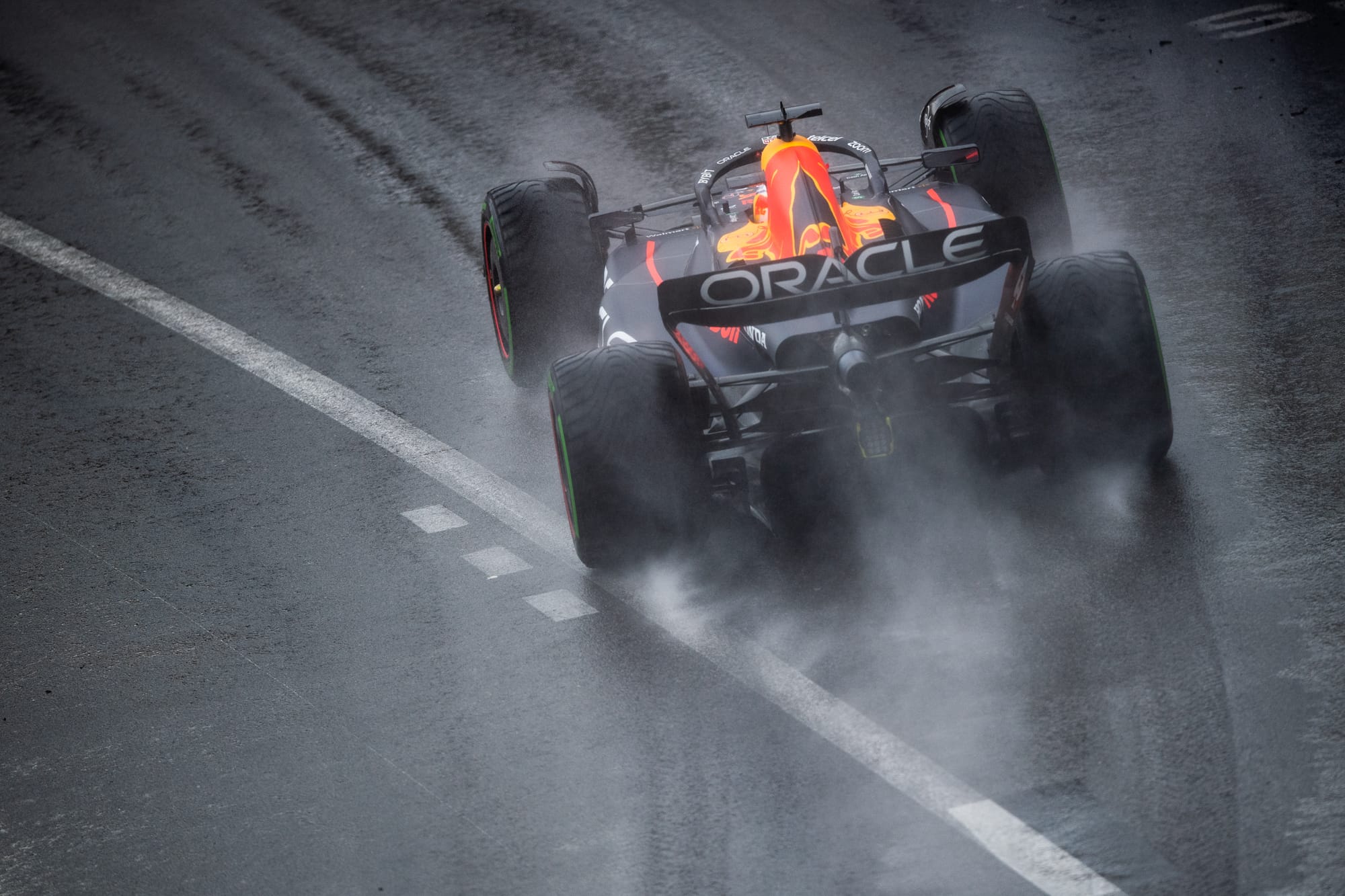
The Red Bull RB19 has to be number one through its sheer dominance. It won 21 out of 22 grands prix in what was by many statistical measures the most dominant season in world championship history.
In terms of innovation, it was, as Newey put it “a very close evolution of [RB]18”, meaning it owed its success to the foundation of the 2022 car.
But the RB19 produced the most downforce across a wide range of ride heights, was stunningly fast in races even though front tyre warm-up troubles sometimes meant it wasn’t the best in qualifying, and was strong on the straights thanks to being able to run less wing thanks to the effectiveness of its underfloor.
It also featured prodigious anti-dive on the front suspension and, thanks to adding a structure to the top of the gearbox to mount the front legs of the upper wishbone to, anti-squat at the rear.
And Red Bull dominated with limited development, most notably two packages modifying the sidepods first in Azerbaijan then in Hungary.
It followed the lead of the RB18, but did so to devastating effect.

